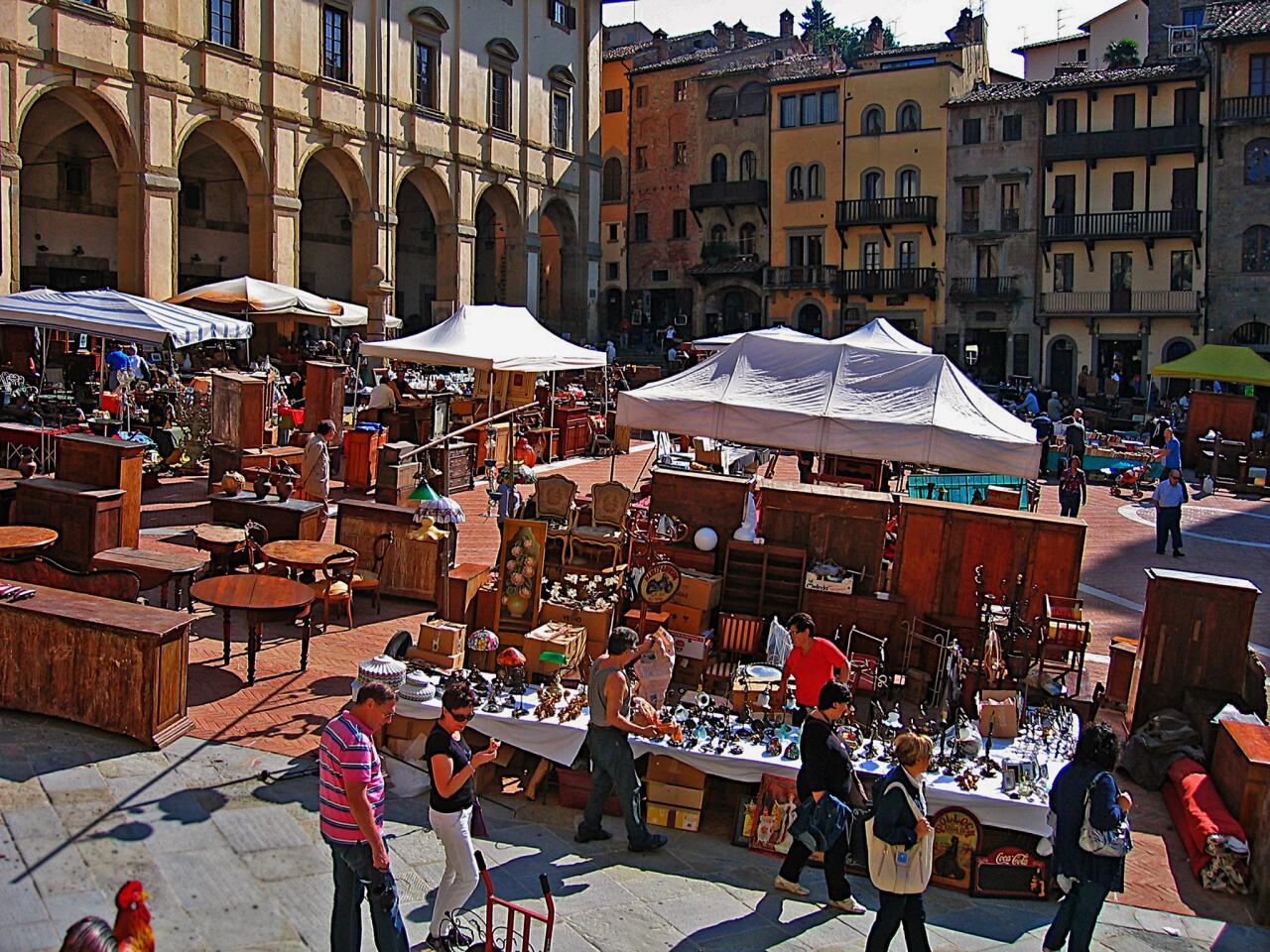Looking beyond Rome, Paris or London? Consider Europe’s lesser-known destinations, such as Monschau, Germany, a town so quaint you can hardly believe it isn’t a theme park or San Marino, one of Europe’s oldest and smallest countries (drive through it slowly).
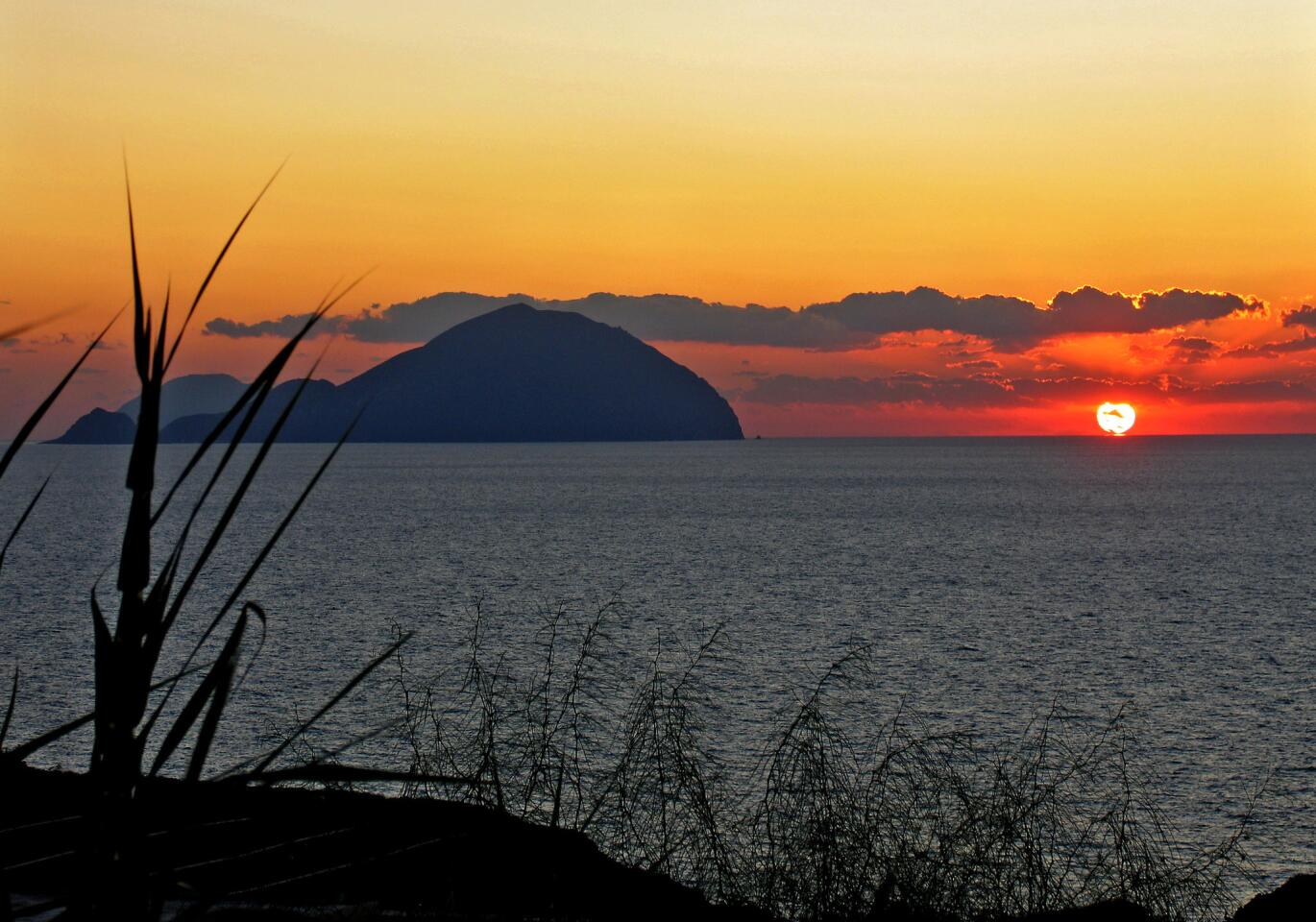
Salina, one of seven small Aeolian Islands (also known as the Lipari Islands) cast up by volcanoes in the Tyrrhenian Sea, is accessible only by helicopter or boat. All of the islands are enchanting, including the main island of Lipari, where my grandfather was born. -- Susan Spano (Susan Spano / For The Times )
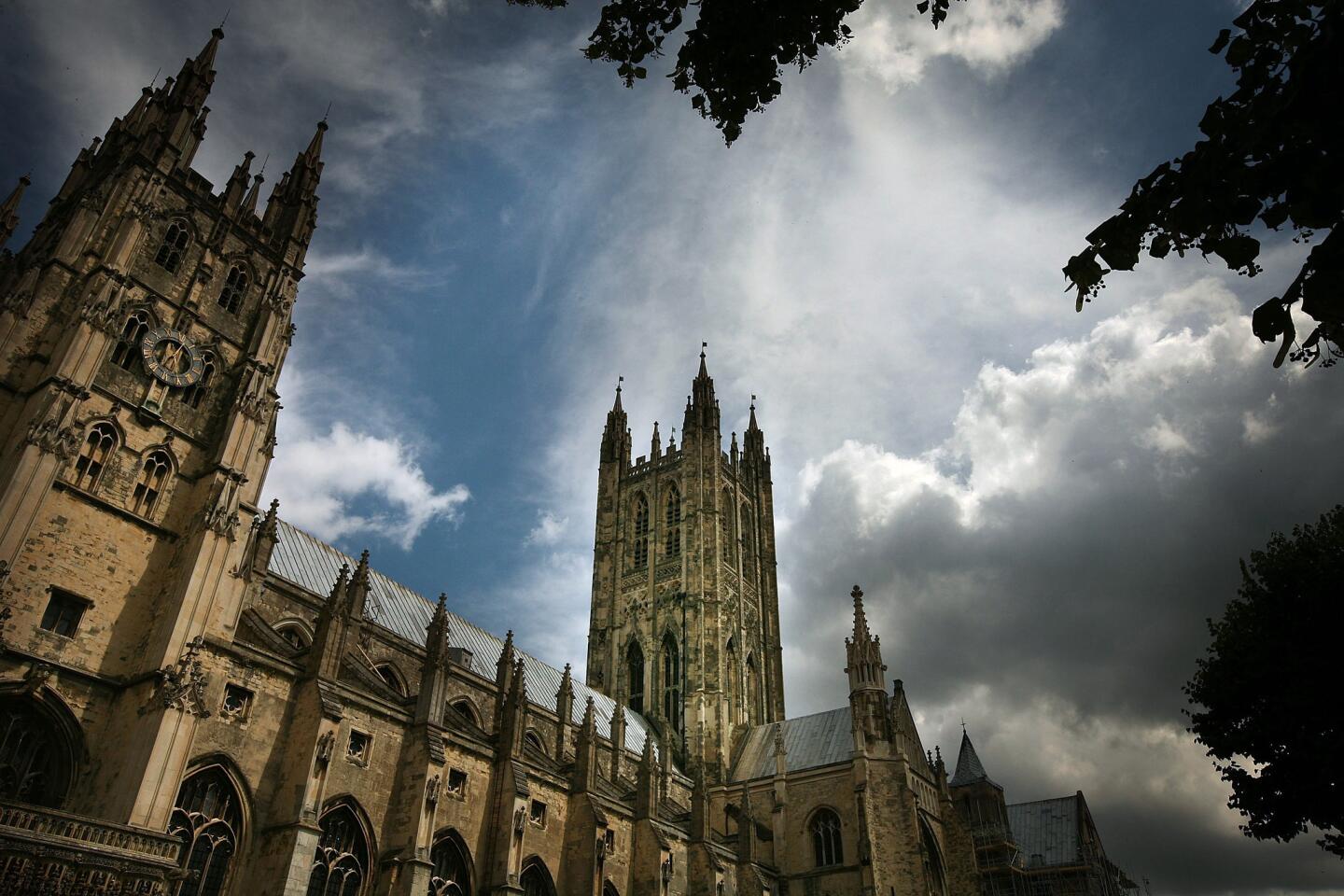
This soaring Gothic confection in Kent is the Mother Church of the Anglican faith. See where Thomas Becket was martyred, duck underground to the multicolumned crypt and marvel at the breathtaking stained-glass windows, including one from 1176. (Peter Macdiarmid / Getty Images)
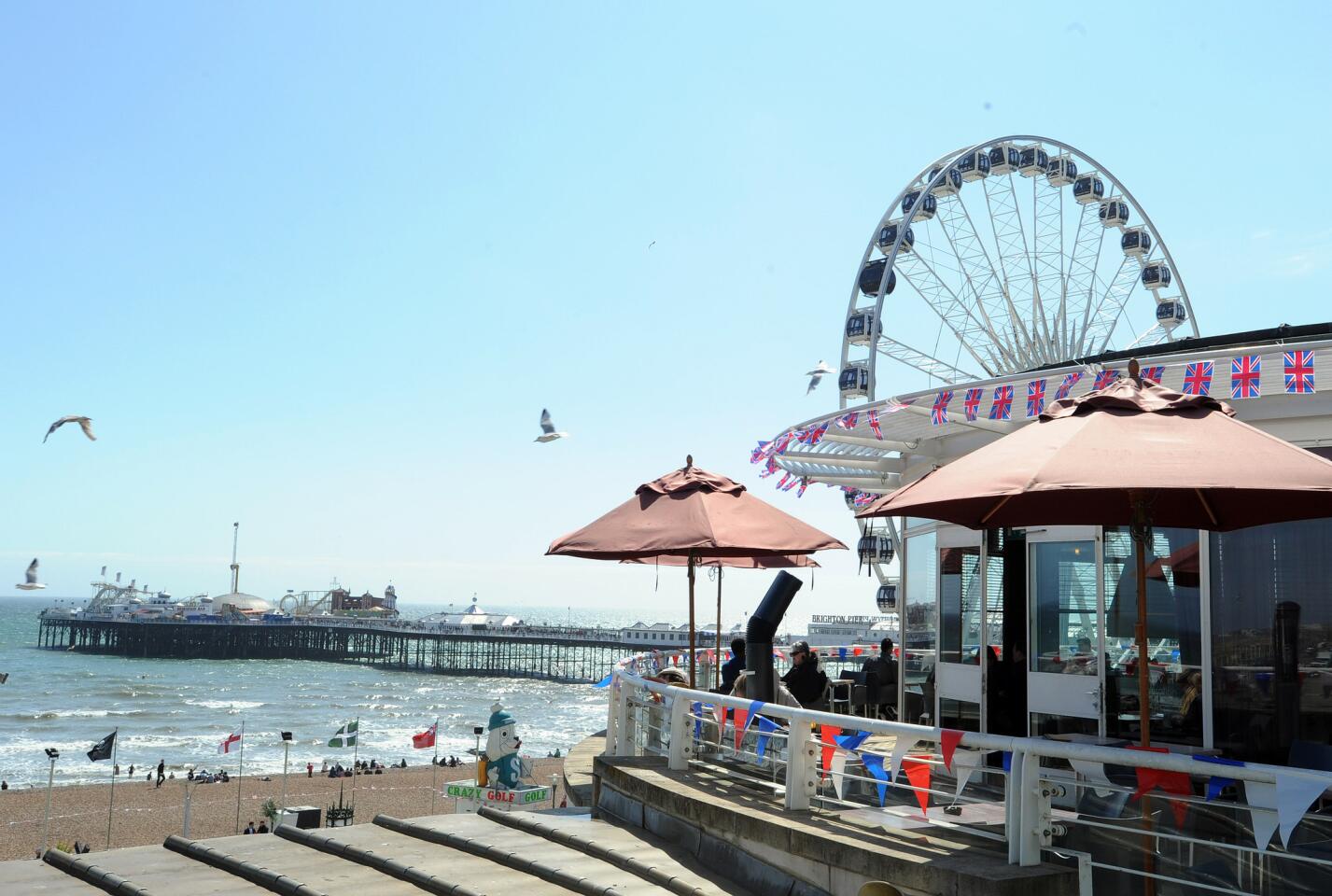
Luring Londoners since the playboy Prince Regent began building his onion-turreted Royal Pavilion here in 1815, Brighton is the Britain’s coolest seaside city. Start at the Pavilion -- now a museum of gaudy palace interiors -- then get lost in the labyrinthine Lanes and North Laine areas. (Tabatha Fireman / Getty Images)
Advertisement
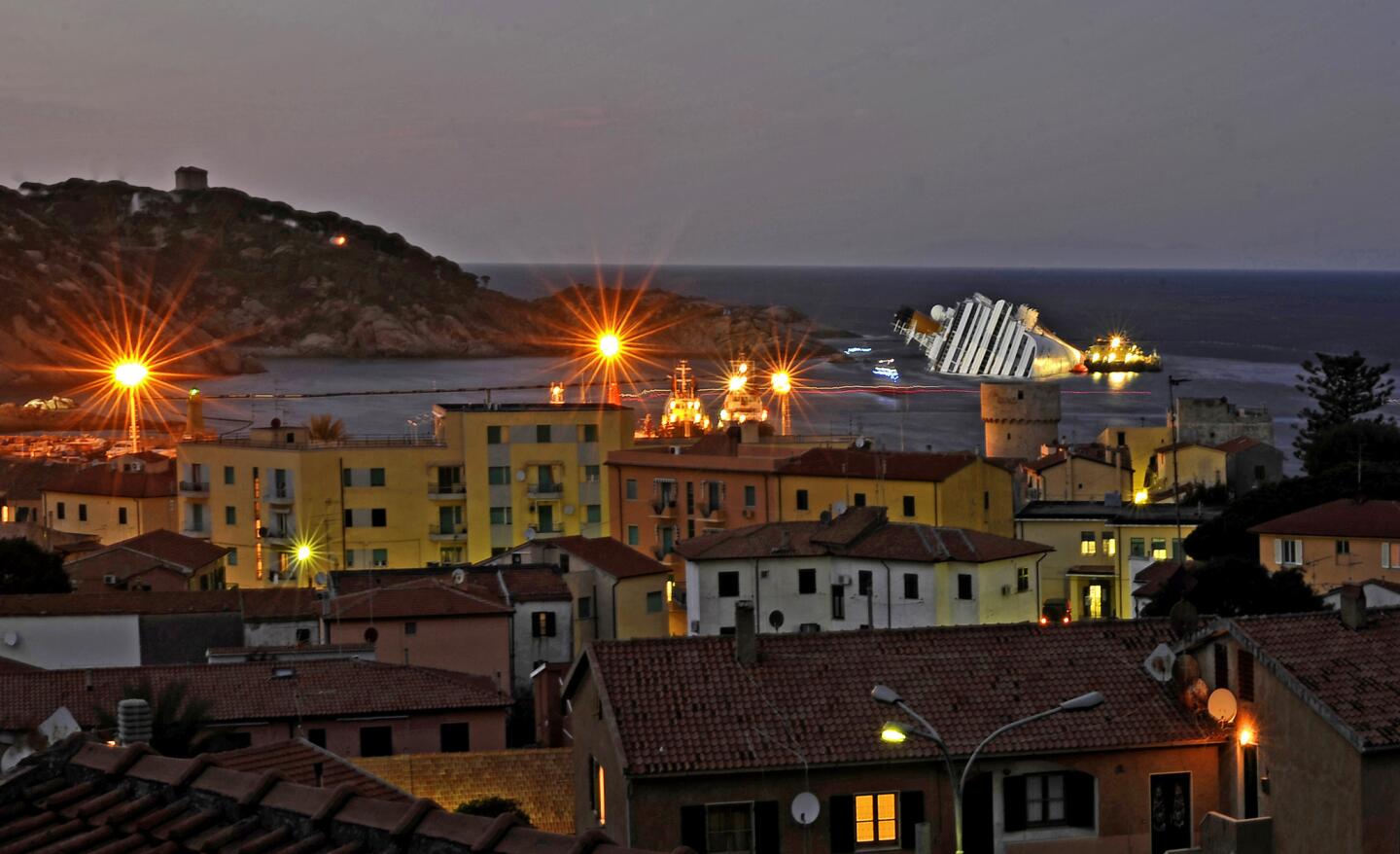
Giglio is known around the world because of the Concordia, but I was hoping to see a Giglio not defined by the disaster. Thirty-five years ago, my husband lived on Giglio for several months shortly after its inhabitants gave up mining and self-sufficient agriculture. -- Carolyn Lyons (Filippo Monteforte / AFP/Getty Images)
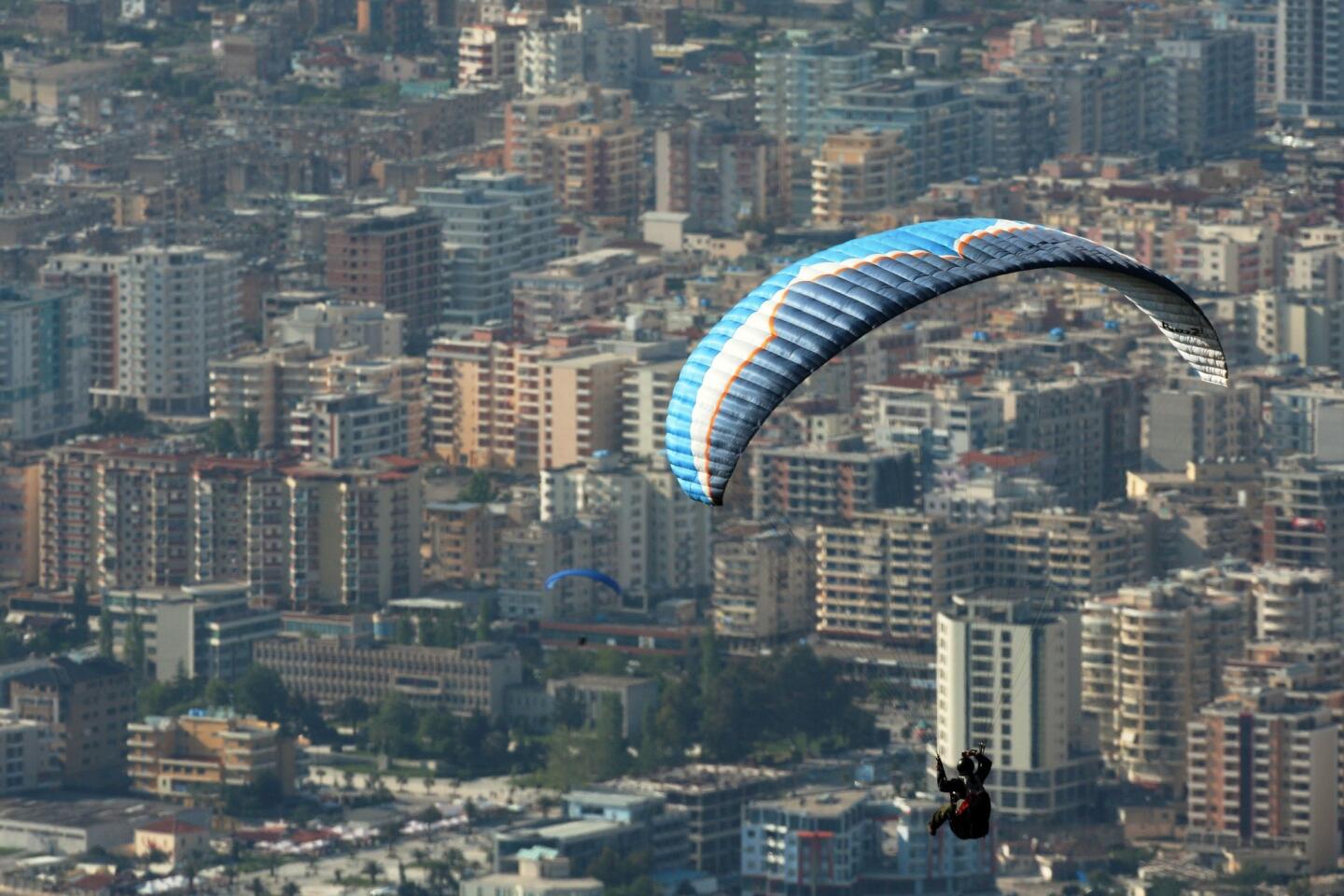
For decades, Albania’s archaeological treasures were virtually lost to the world. Communists took over in 1944, and dictator Enver Hoxha’s iron grip kept the country isolated until the end of communism in the early 1990s. -- Rose Dosti (Gent Shkullaku / AFP/ Getty Images)
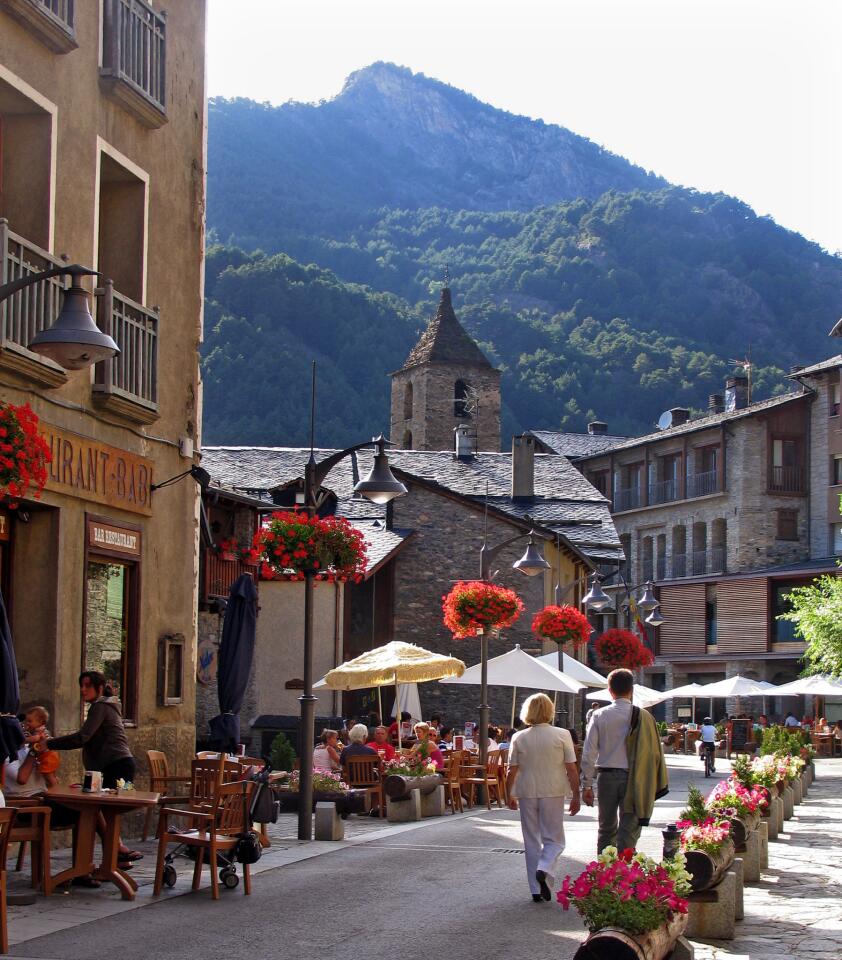
Andorra lines a high pass in the Pyrenees between France and Spain. I drove in from the north, stalled at a customs booth on the French border, where officials were opening trunks to inspect the loads of purchases leaving Andorra, a tax-free shopping mecca. -- Susan Spano (Susan Spano/Los Angeles Times / )
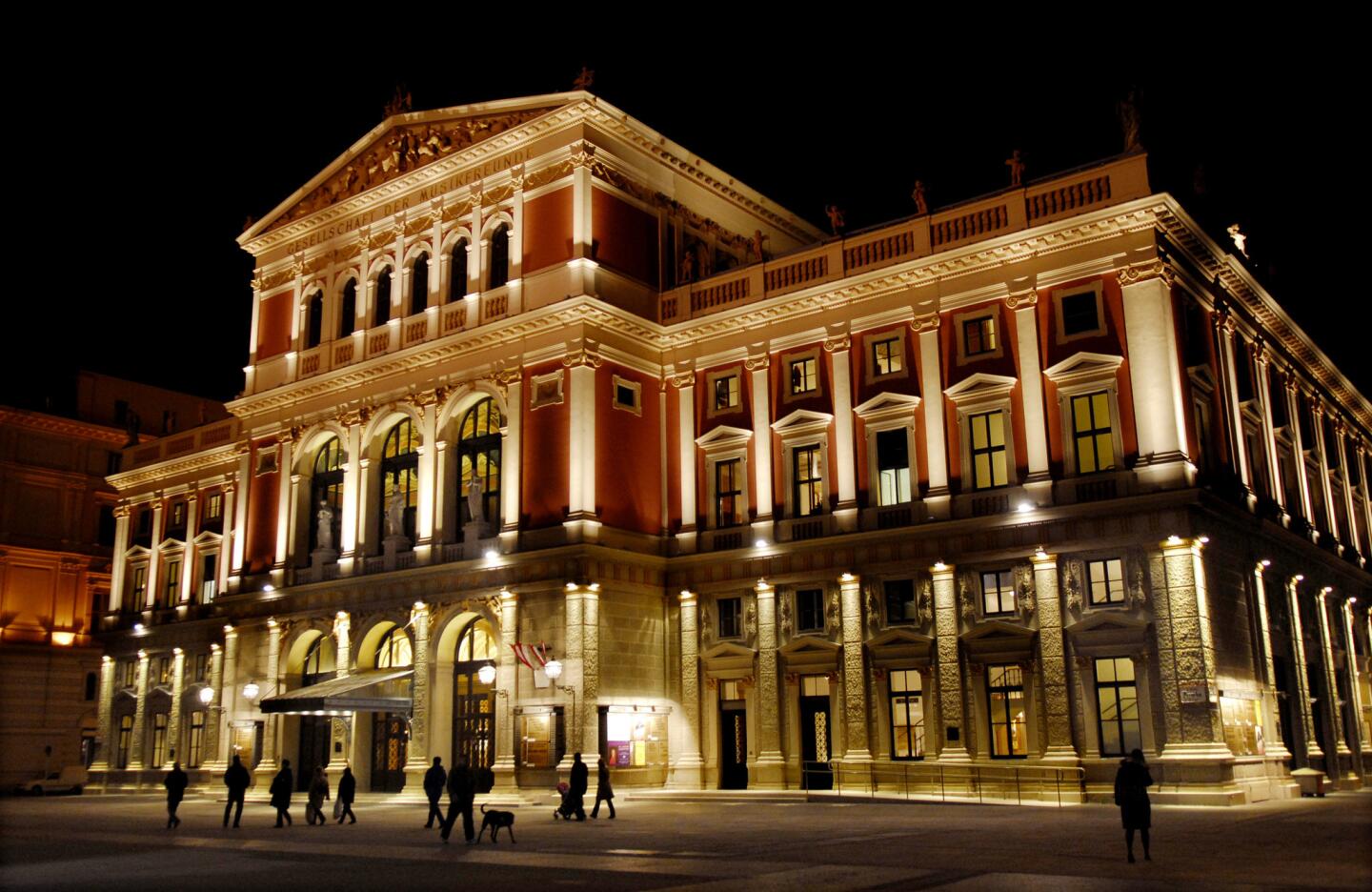
You can’t escape classical music here. Its history hits you almost from the moment you step out of the City Air Terminal: the bust of Bruckner at the lovely Stadtpark and, around the corner, a full-size gold statue of Johann Strauss, the waltz king. -- Mark Swed (Samuel Kubani / For The Times)
Advertisement
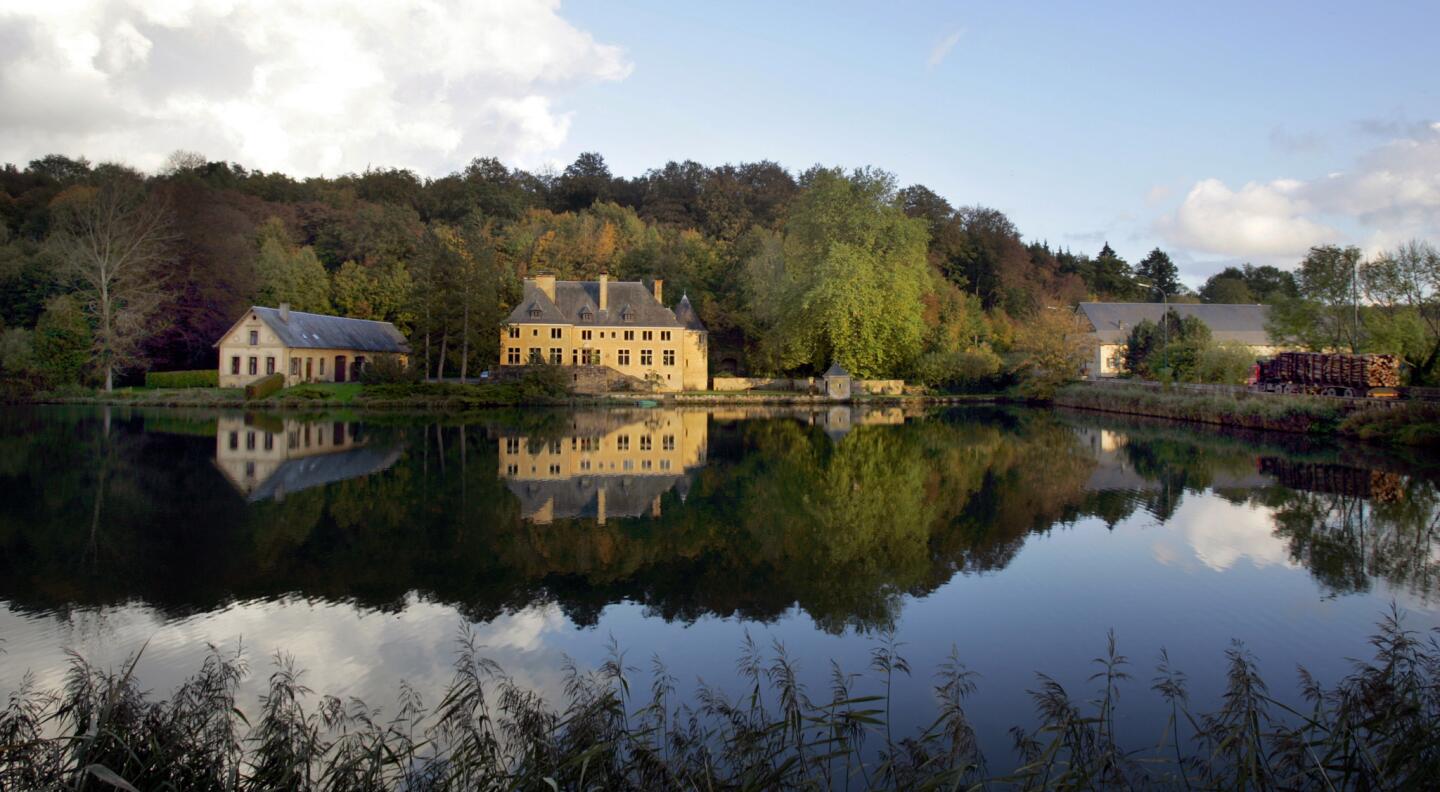
The Ardennes is an amorphous region of southeastern Belgium, Luxembourg and France. The region, contested in the 1944 Battle of the Bulge, was a German portal to the west in both World Wars. -- Susan Spano (Gina Ferazzi / Los Angeles Times)
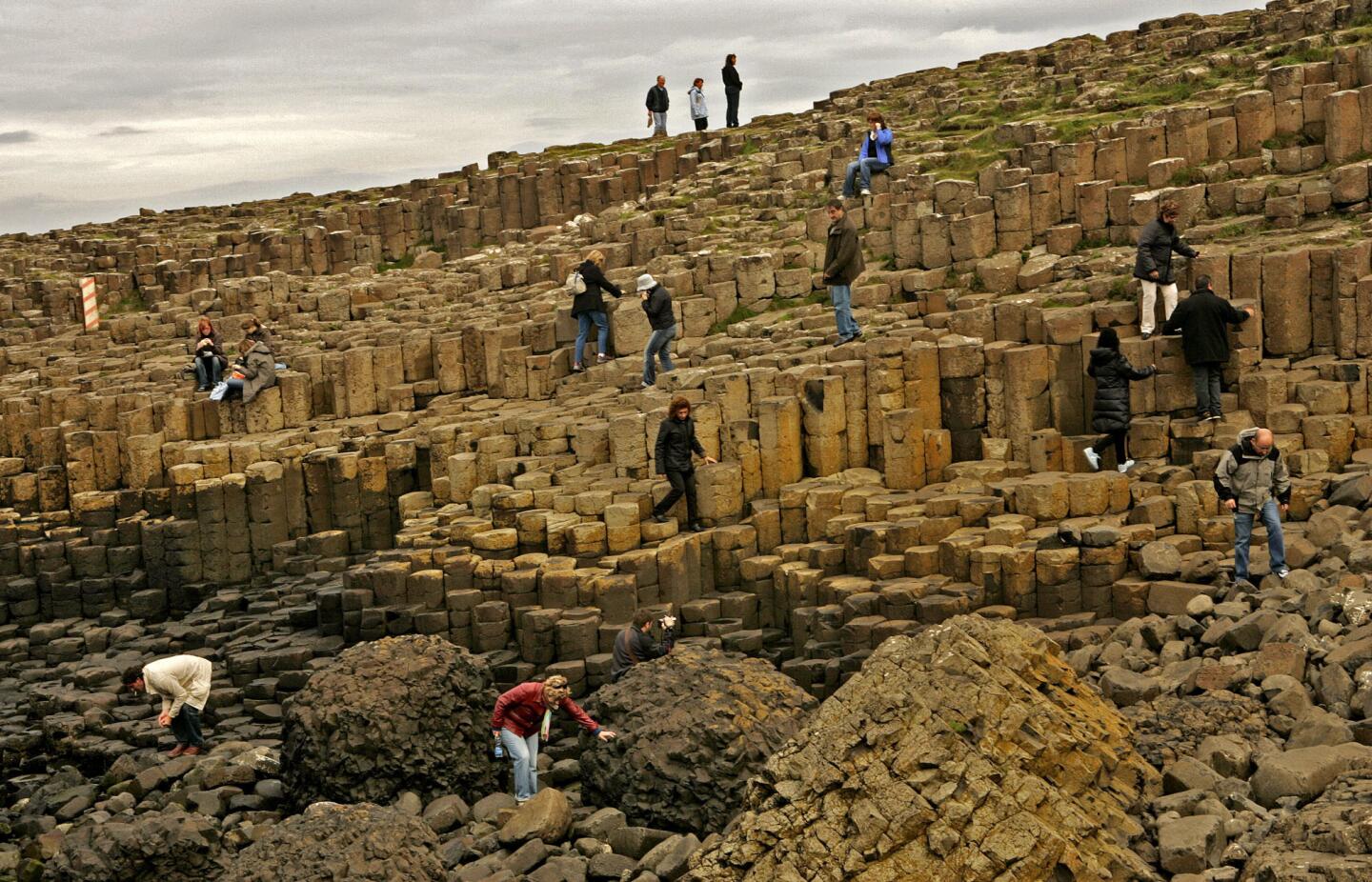
The Giant’s Causeway, at the foot of basalt cliffs in Northern Ireland, is made up of 40,000 black basalt columns jutting out of the ocean. Volcanic activity 50 million to 60 million years ago created these step-like columns on the edge of the Antrim plateau. (Anne Cusack / Los Angeles Times)
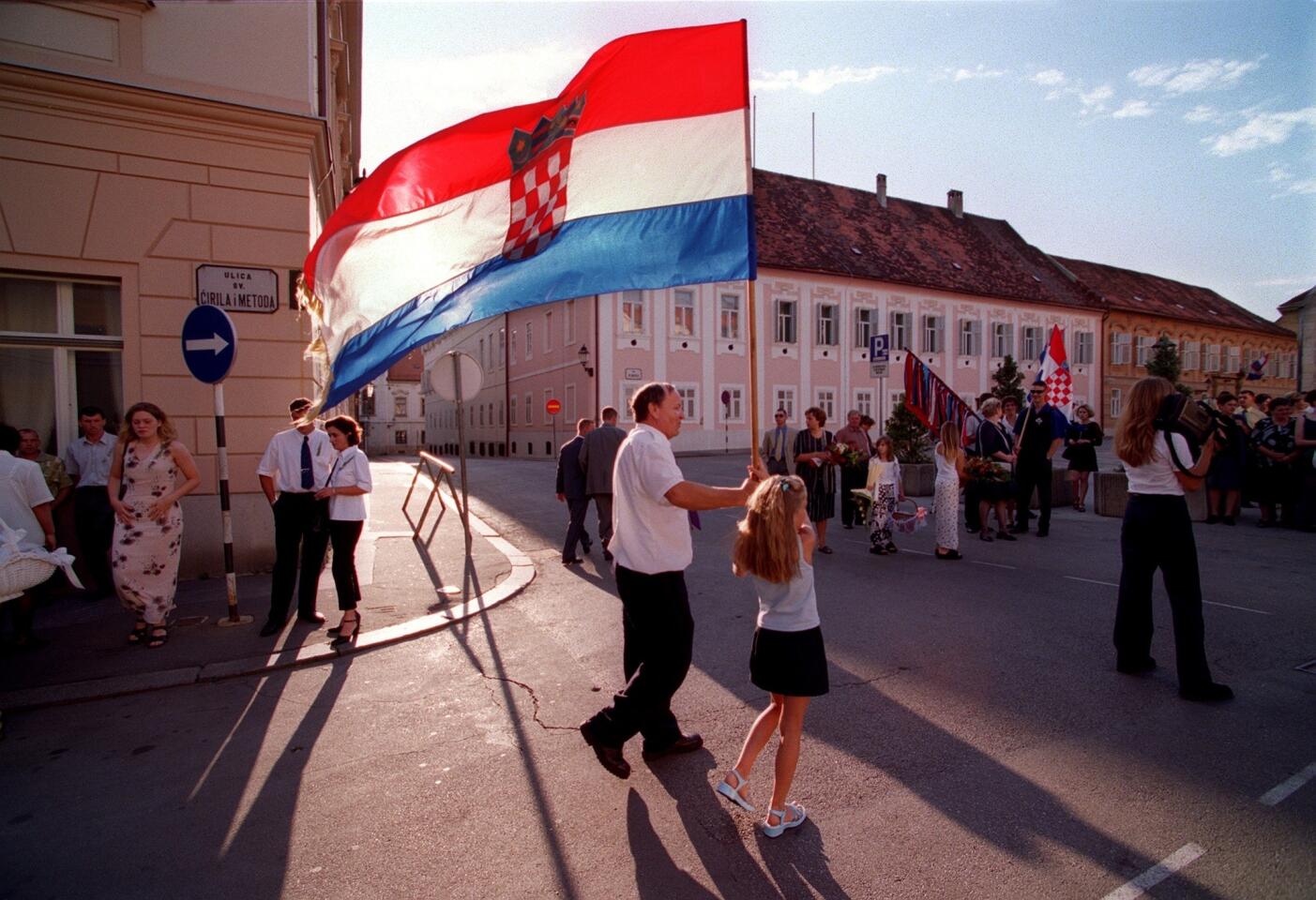
The capital of an at-last independent Croatia shows off its colors and vibrancy. Maybe it always was thus, but it never came to mind as one of the must-see cities on the Continent. -- Robert Cross (Al Seib / Los Angeles Times)
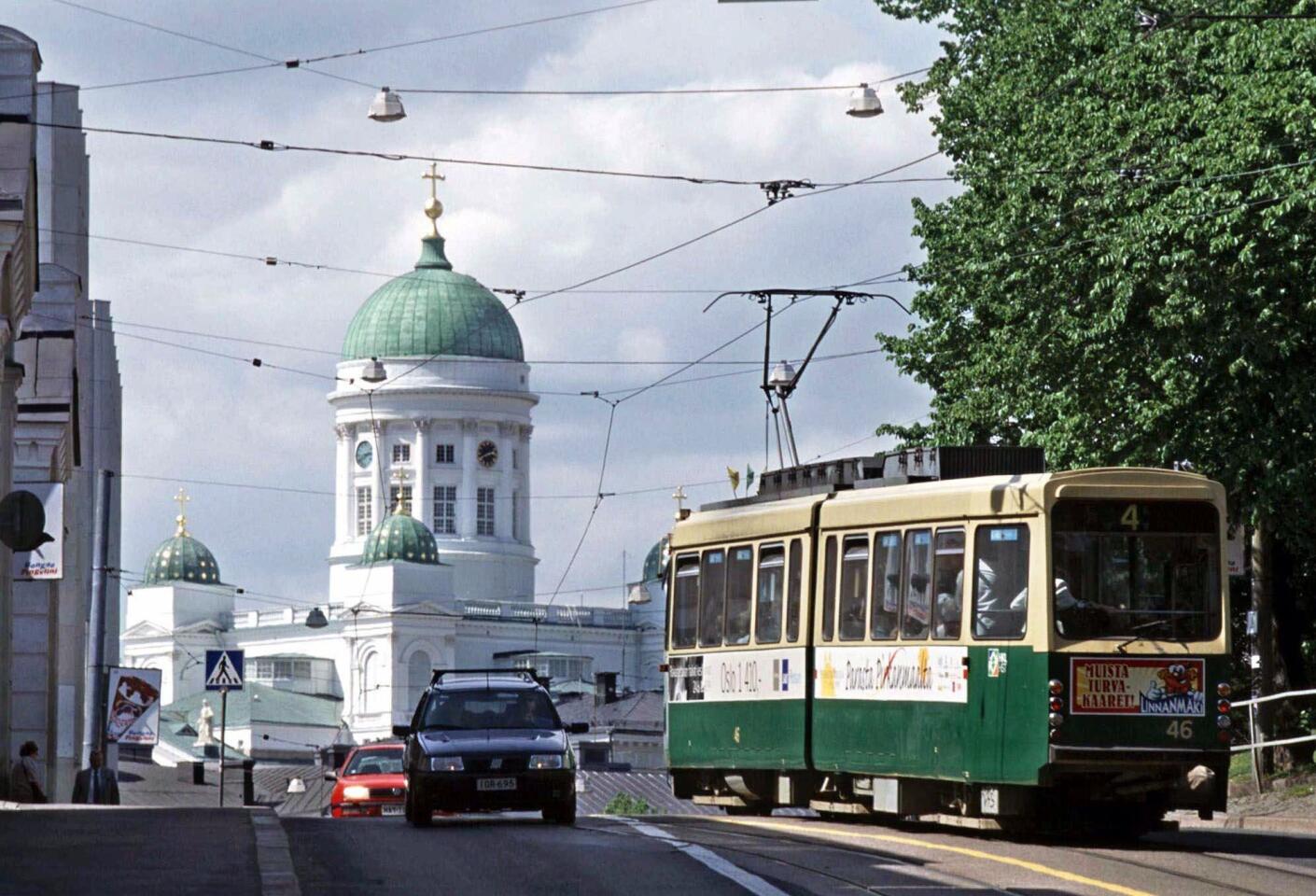
Fall and winter, with long nights and chilly temperatures, may not seem like the best seasons to visit Helsinki, but for design fans it’s prime time. The action moves indoors to the Modernist spaces that have made this country famous plus a whole design district. -- Andrew Bender (Pekka Sakki / Associated Press)
Advertisement

Verdun in northeastern France is famous for sugar-coated almonds and for its World War I battlefield where half a million French and German soldiers died in 1916. The Victory Monument has a card catalog with the names of the war dead. -- Susan Spano (Susan Spano /Los Angeles Times)
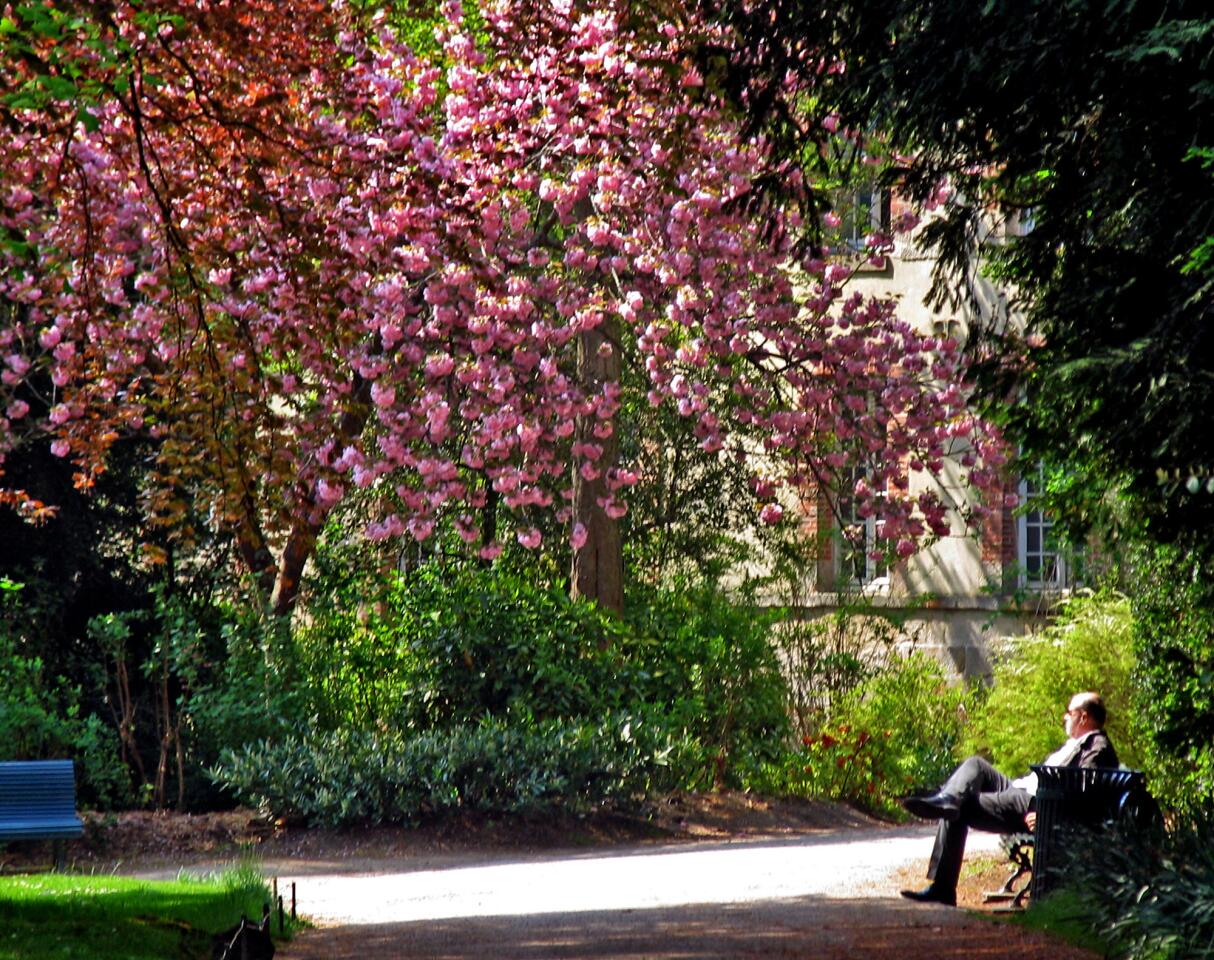
There are fine stone villages all around Fontainebleau Forest, but Barbizon will ever be associated with the school of painters for a simple reason: Along its one narrow Grande Rue were several inns that catered to starving artists. -- Susan Spano (Susan Spano / Los Angeles Times)
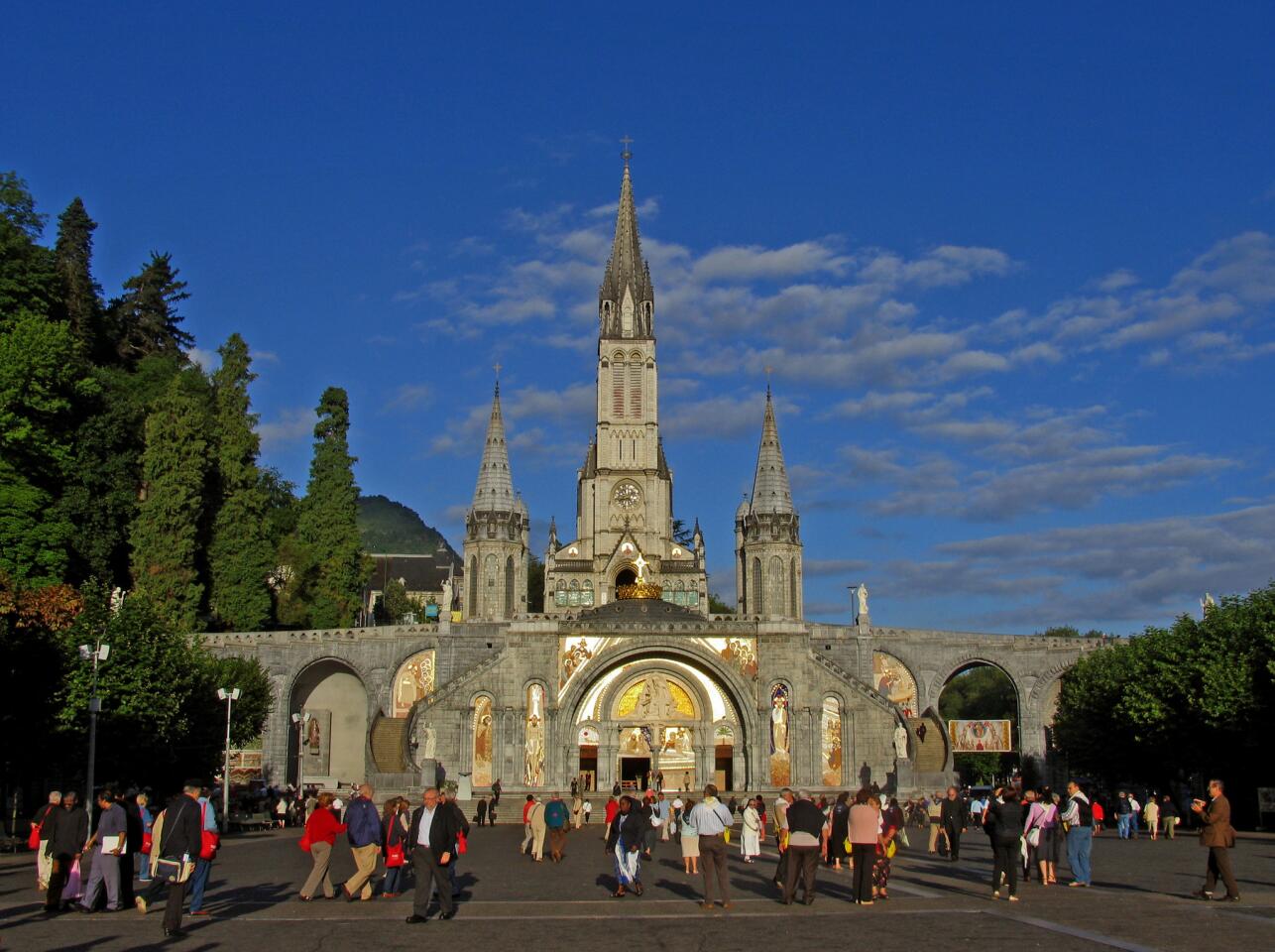
Six million people visit Lourdes every year, including 100,000 volunteers and 80,000 ill and disabled pilgrims seeking cures for their afflictions or the strength to endure them. Others come just to witness the sociological phenomenon that daily unfolds. -- Susan Spano (Susan Spano/ Los Angeles Times)
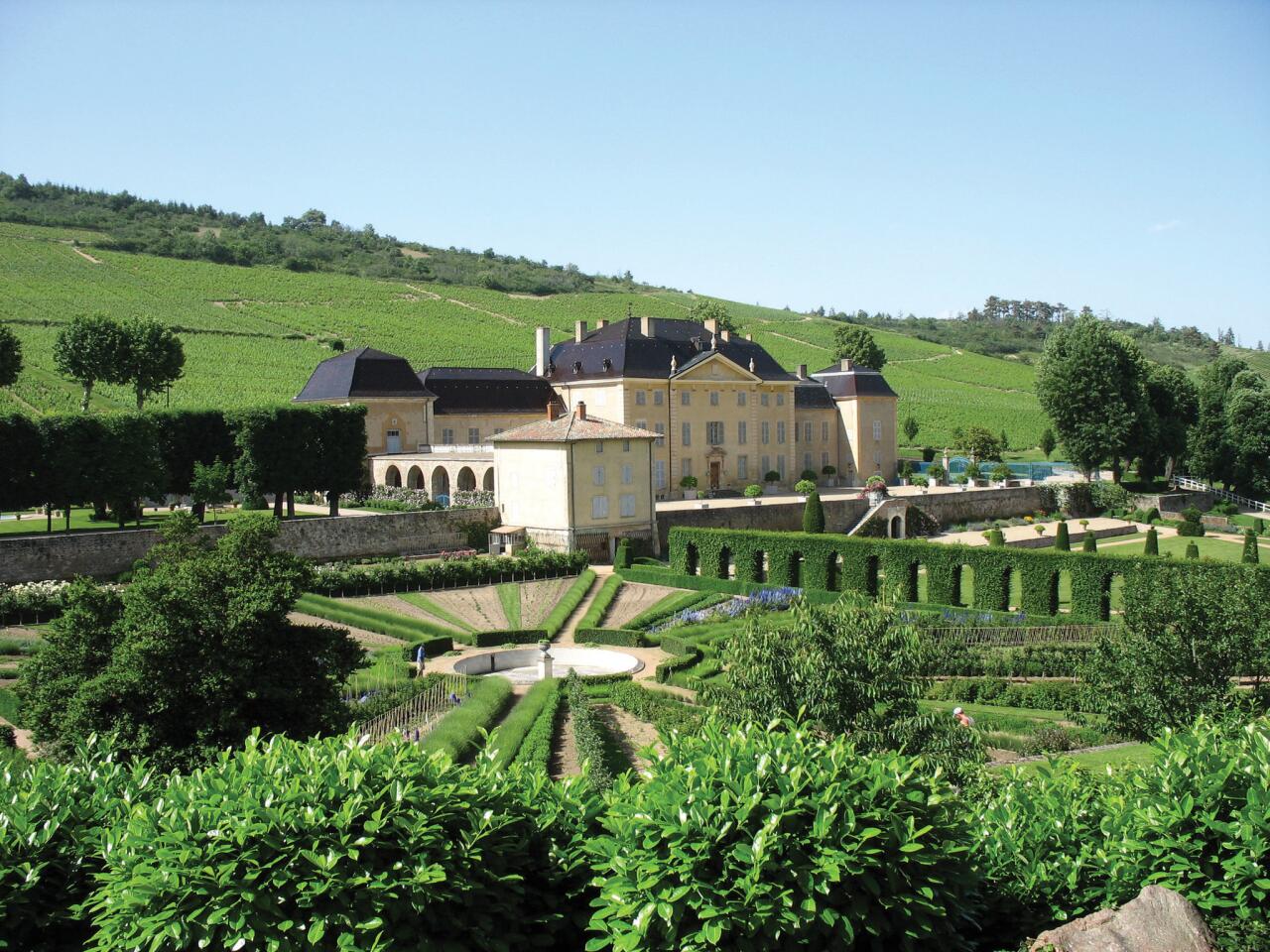
Beaujolais is worth a journey and a stay. The countryside is lovely: rugged hills and winding roads, villages with ancient stone churches, forest ridgelines touched at sunset by tendrils of fog. It’s like the wilder parts of Napa, but with church bells and châteaux. -- Doyle McManus (Doyle McManus / Los Angeles Times)
Advertisement
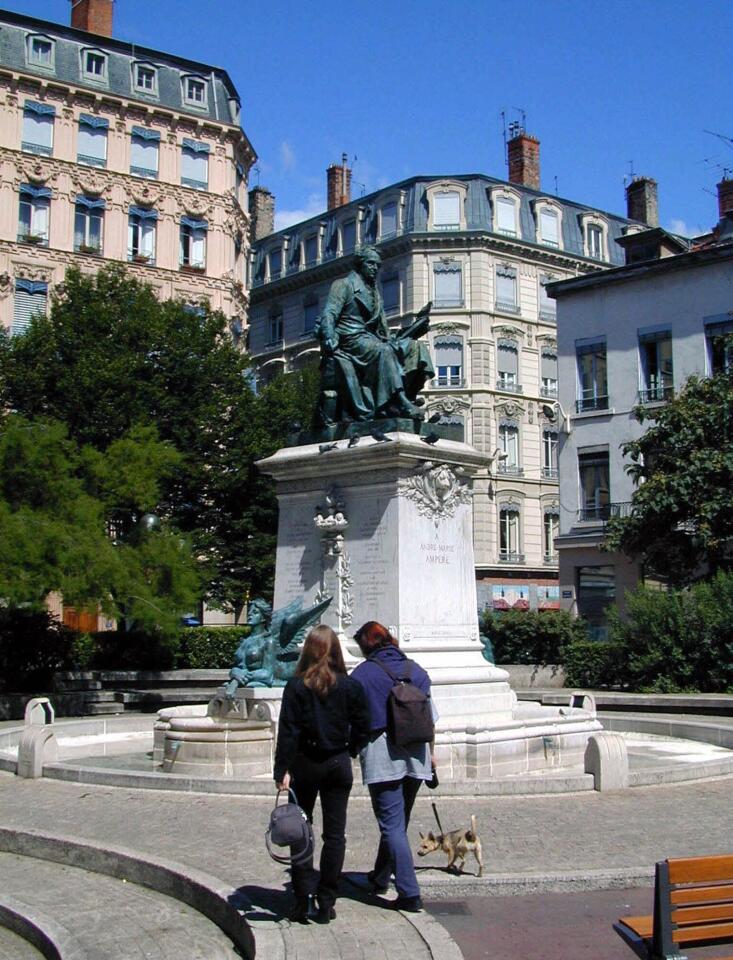
My first hours in Lyon may have been inauspicious in a gastronomic sense, but they were just as satisfying as a dish of raviolis d’escargots: a hot snack, a decent wine and the honor of meeting a high official of the Jim Morrison Fan Club. -- Robert Cross (David Langford / Associated Press)
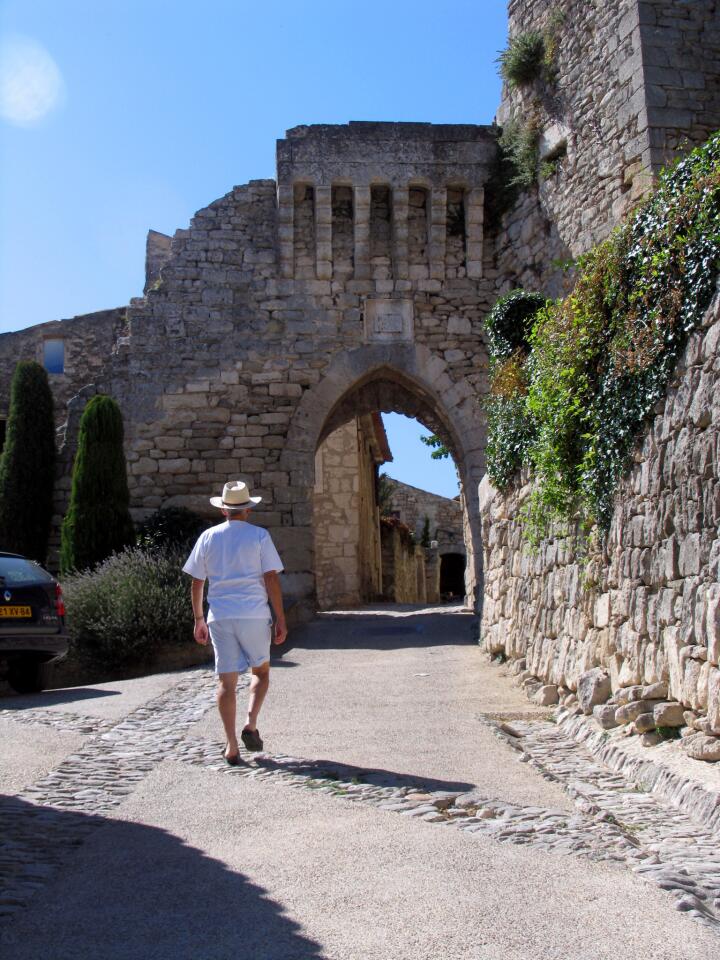
With a population of fewer than 500, a handful of restaurants and a couple of excellent bed-and-breakfast inns nearby, Lacoste is less touristy than such Provencal meccas as St. Remy and Fontaine de Vaucluse. -- Susan Spano (Susan Spano / Los Angeles Times)
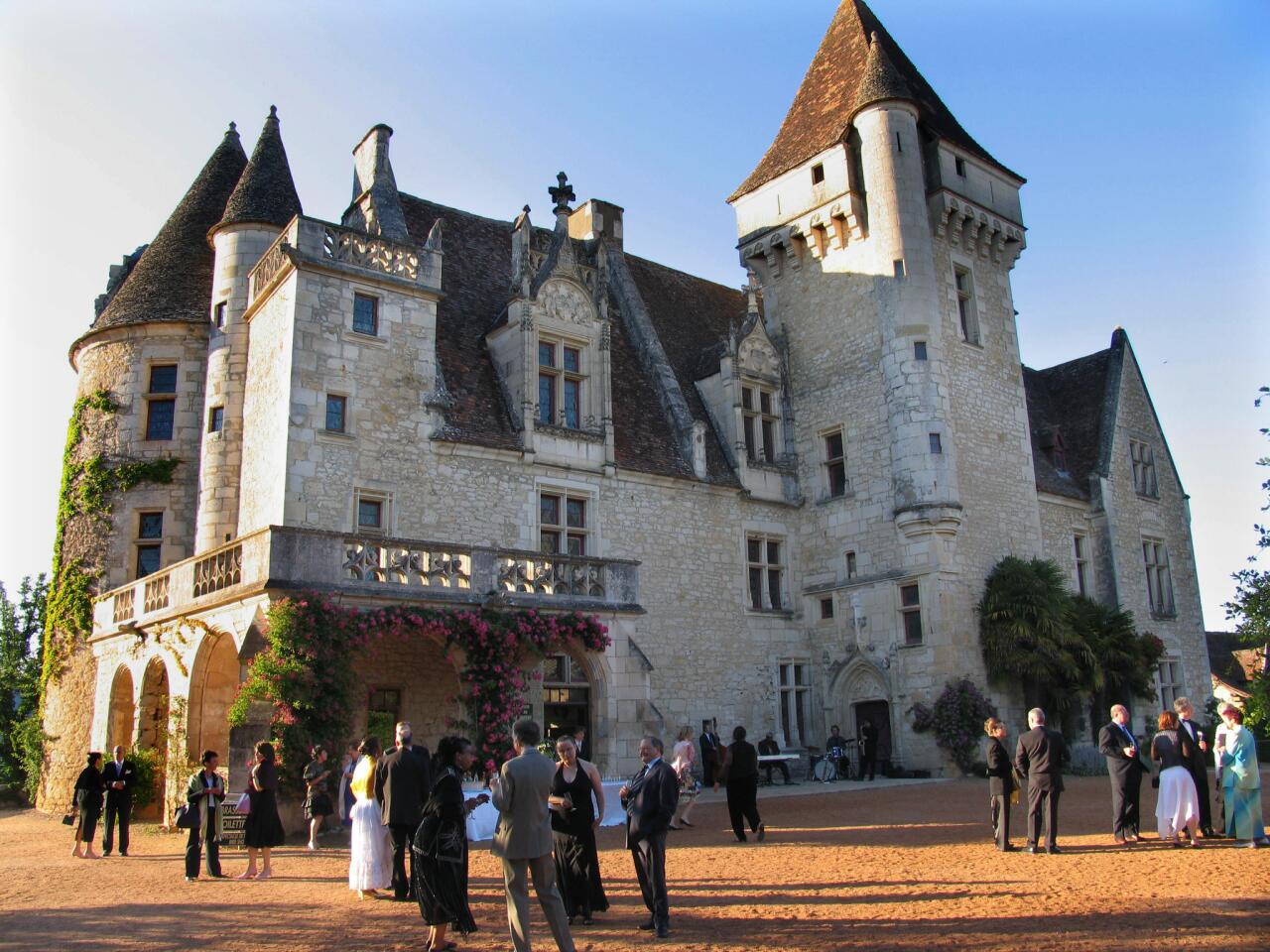
The late Gothic/early Renaissance castle was built in 1489 by François de Caumont for his wife, Claude de Cardaillac. The medallions honoring him on the chimney of the small dining room were added by a later owner, Charles Claverie, who began a full-scale restoration in 1900. -- Susan Spano (Susan Spano / Los Angeles Times)
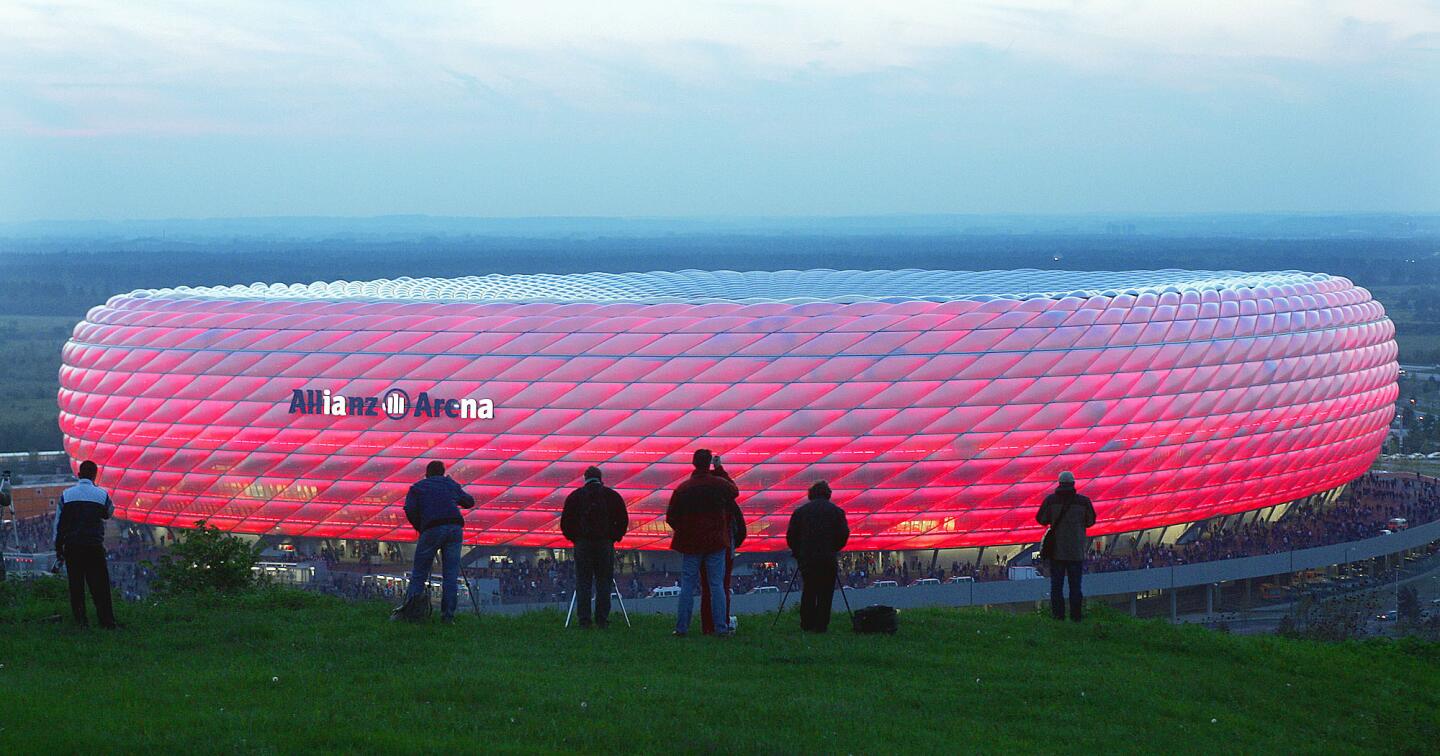
Munich is an easy city to like: clean, bright and livable. It has world-class art museums, stylish shops, wide boulevards, parks and squares. Conviviality overflows in its fabled beer gardens, and its people have an open, animated air. -- Susan Spano (Diether Endlicher / Associated Press)
Advertisement
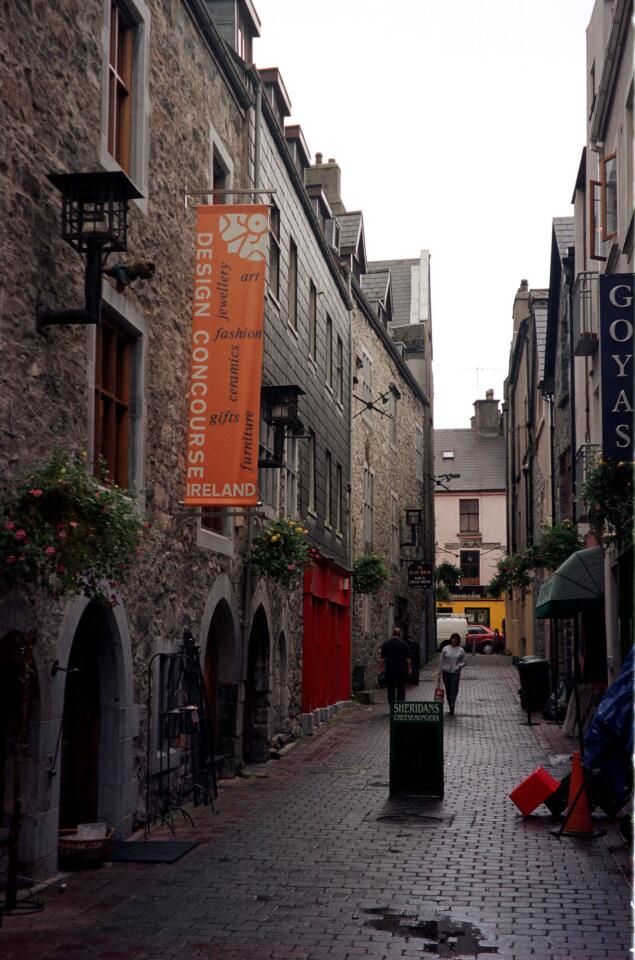
If you’re making plans to visit Ireland, consider starting in Galway City. The city of more than 65,000 hums with the vibrancy of the affluent new Ireland and cranks out more festivals than an accordion has folds. -- David Monagan (John Lumpkin / Associated Press)
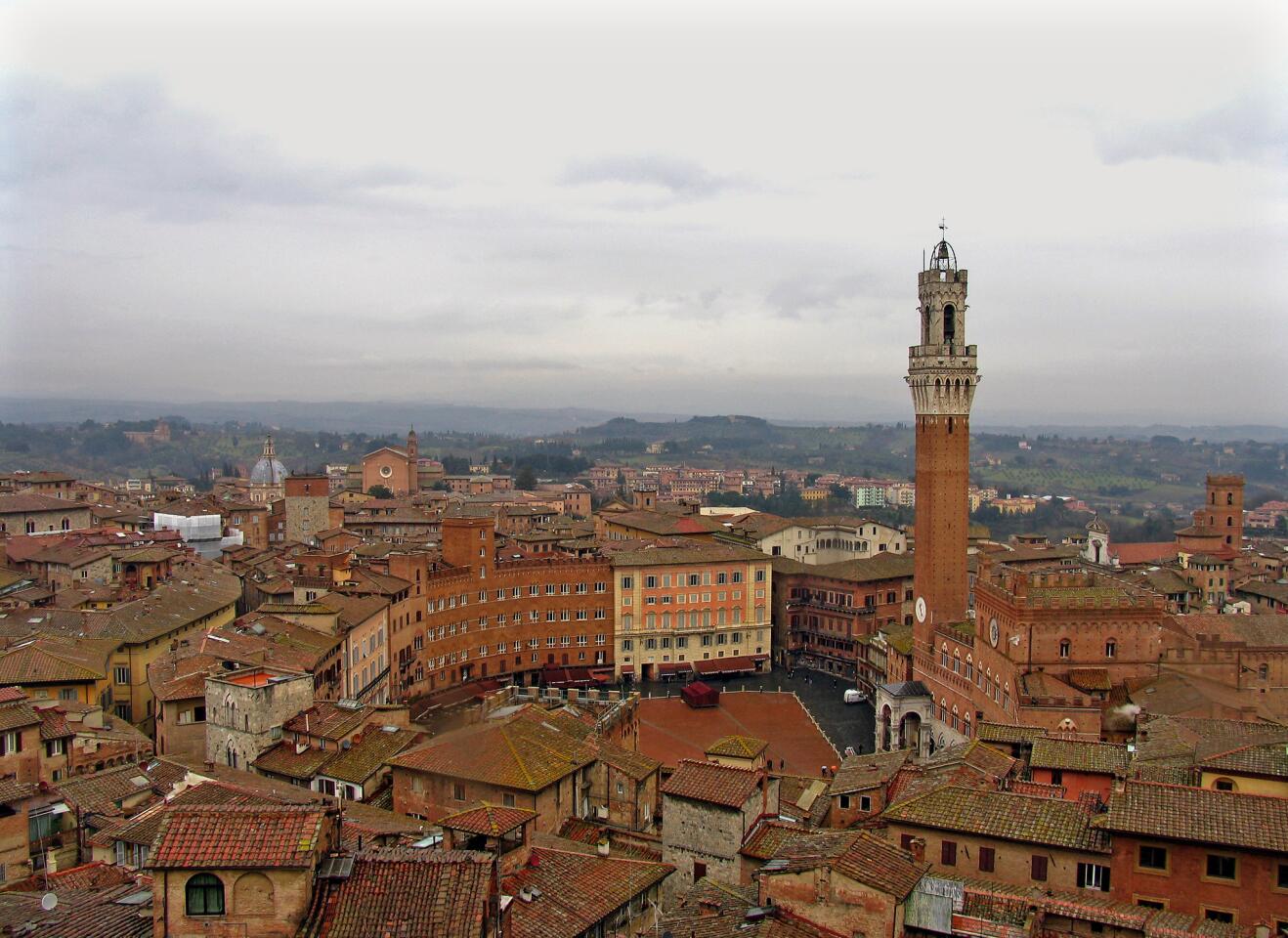
Medieval Siena stretches over three steep hills in the heart of the Chianti region of Tuscany. It’s renowned for its Gothic cathedral as well as its Piazza del Campo, whose paving stones were laid in 1347. -- Alan C. Miller (Susan Spano / Los Angeles Times)
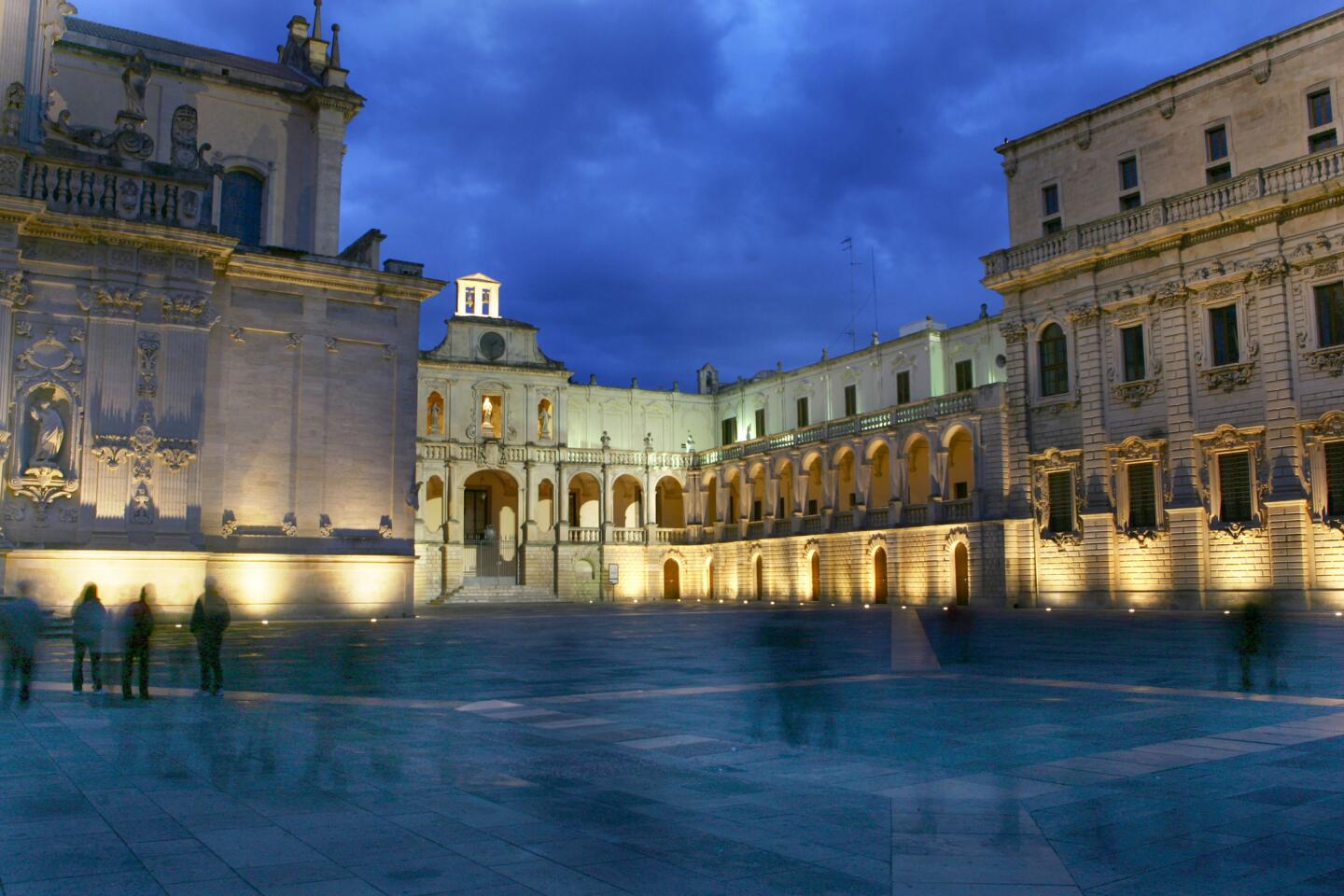
And I returned last September to Puglia, one of Italy’s most mysterious and compelling regions. Of course I got lost. Over and over again. But getting lost only makes getting found more interesting. -- S. Irene Virbila (Rocco De Benedictis / For the Times)
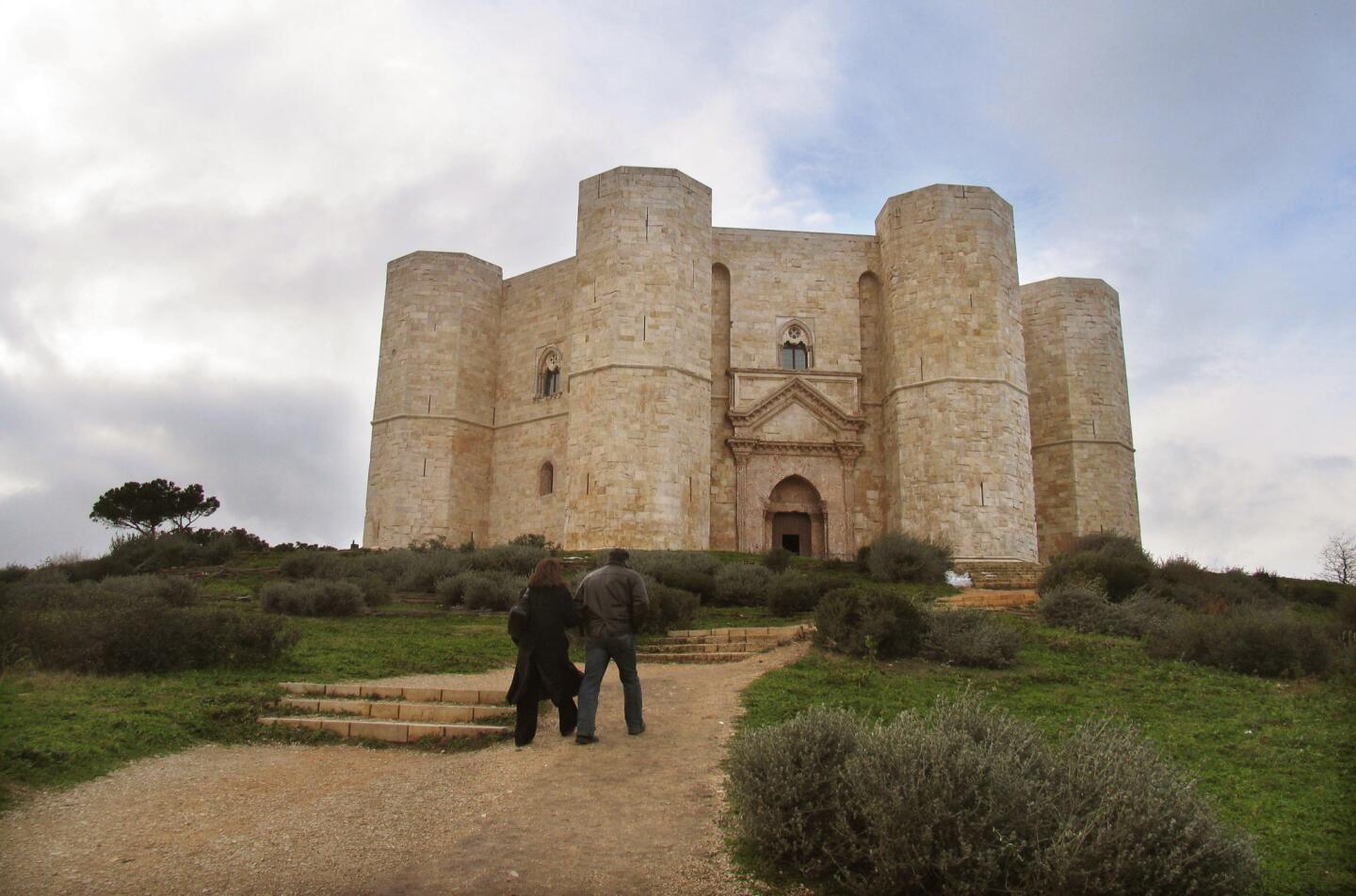
This medieval masterpiece, begun in 1240 has eight sides, linked by eight eight-sided towers. The repetition of the octagonal form has haunted mathematicians who see it as a work of pure geometry. The more mystically inclined impute occult significance. -- Susan Spano (Susan Spano / Los Angeles Times)
Advertisement
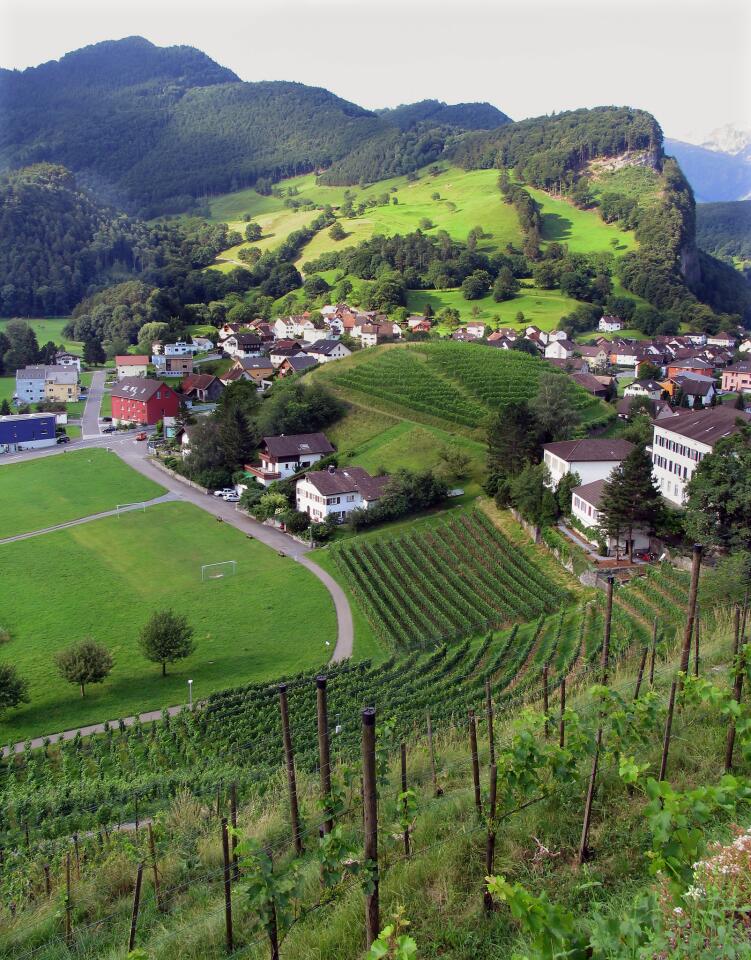
Liechtenstein is a little German-speaking principality tucked into the Alps between Switzerland and Austria. The Rhine River runs wide and icy-white along the western border, and the prince’s cross-timbered castle nestles in an aerie on the mountainside. -- Susan Spano (Susan Spano/Los Angeles Times)
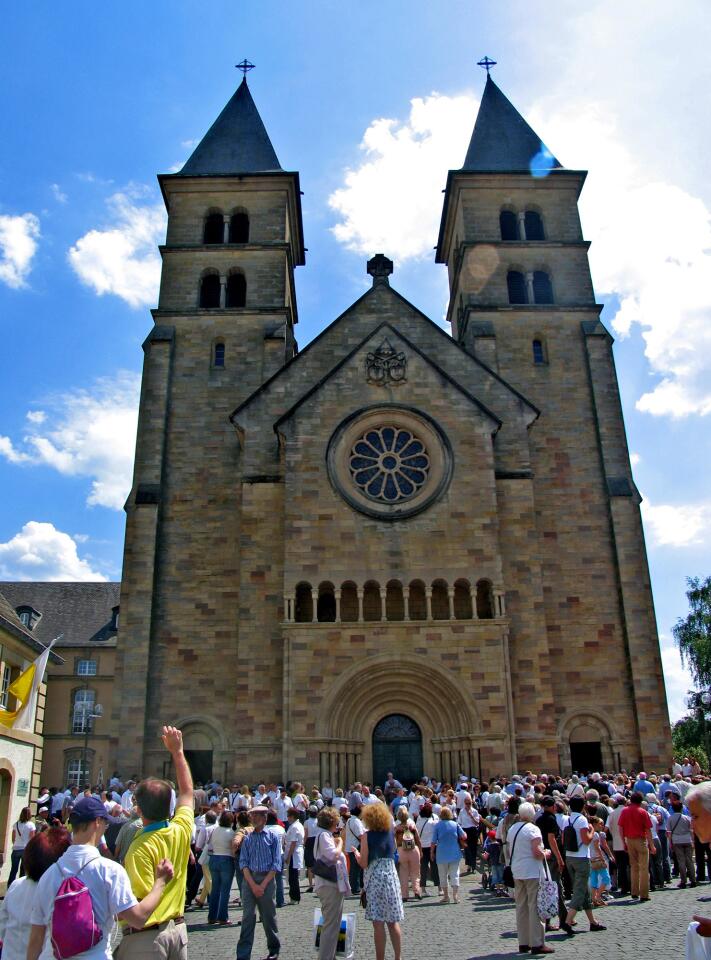
When I set out to visit the smallest countries in Europe, I put Luxembourg at the top of the list. Then I opened my atlas and found that Luxembourg comes in sixth, behind Andorra, on a list of Continental Europe’s dinkiest nations. It is almost as big as Rhode Island. -- Susan Spano (Susan Spano / Los Angeles Times)
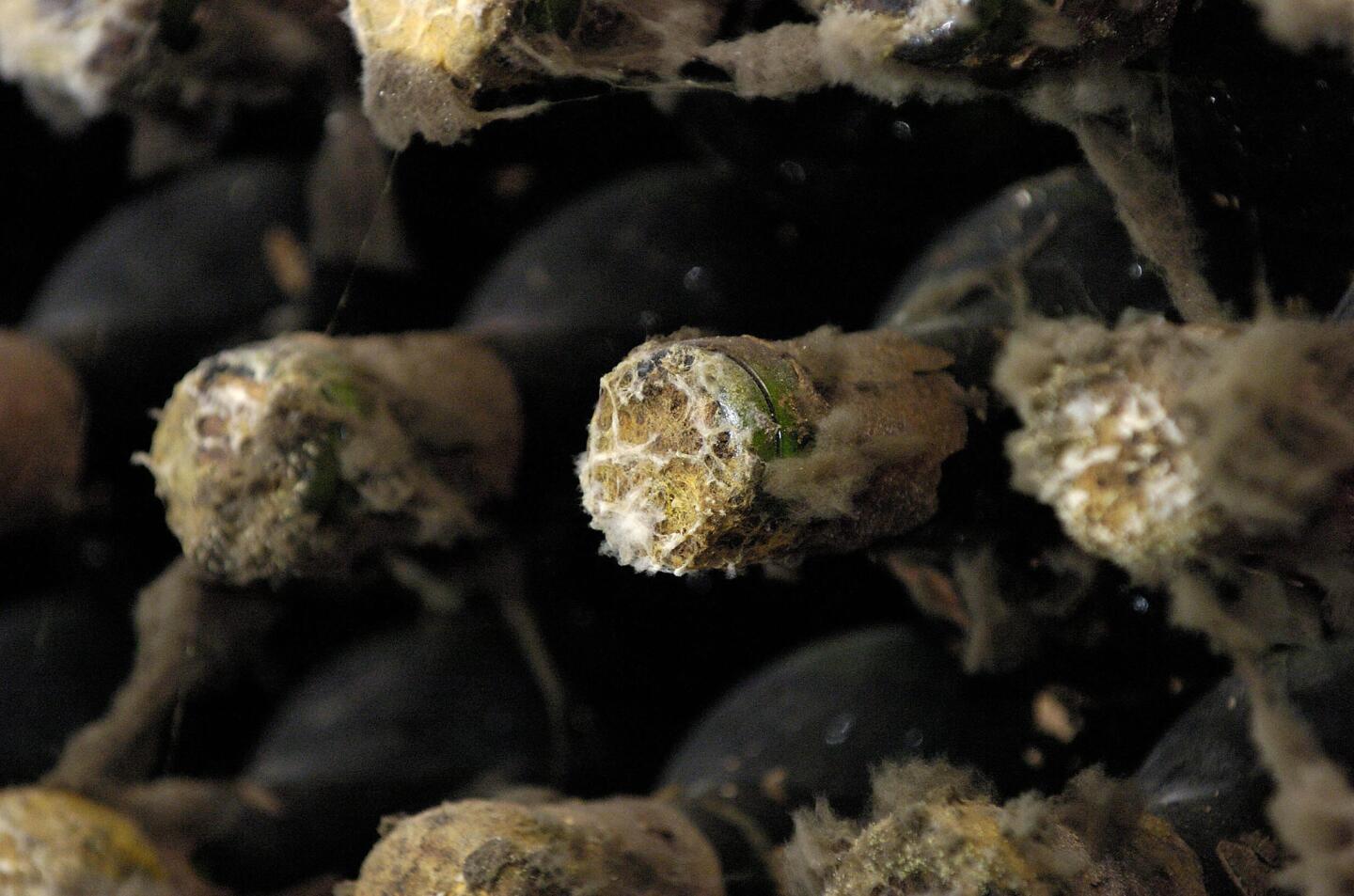
I flew into the capital city, Chisinau (Kee-shih-now), from Paris. If you are thinking of going to Romania to see Dracula’s Castle or to Ukraine for those onion-domed churches, consider Moldova too. Pictured: Cobwebs cover the caps of aged bottles of wine at Milestii Mici winery. -- Kay Mills (Vadim Denisov / AFP / Getty Images)
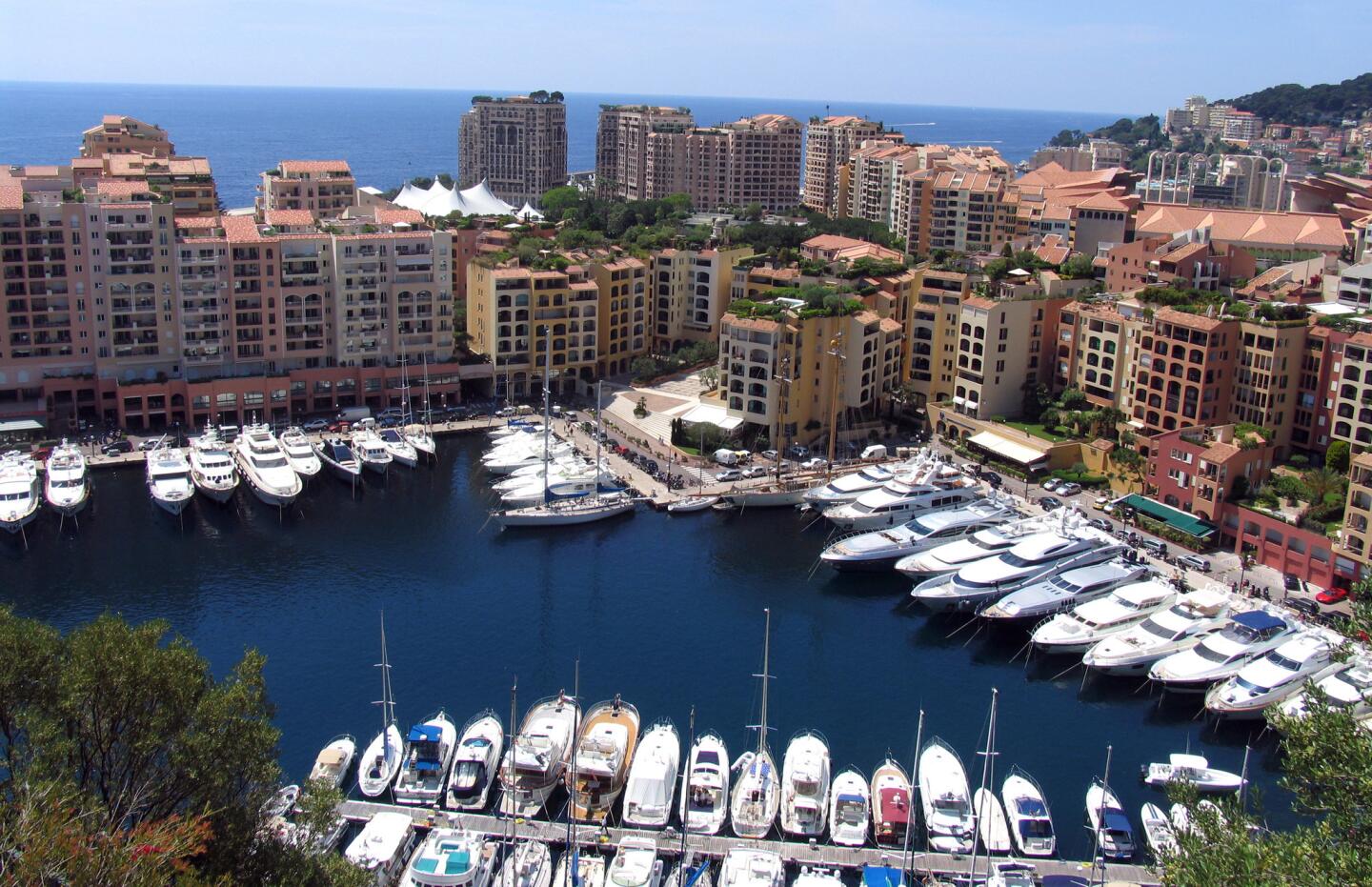
My friend Polly Platt loves Monaco, a silver slipper of a country on a little shelf of the French Riviera not much bigger than Monte Carlo, its capital. But she also attended the wedding of Grace Kelly and Prince Rainier III here in 1956, the social event of the decade. -- Susan Spano (Susan Spano / Los Angeles Times)
Advertisement

The breakup of the former Yugoslavia, of which Serbia and Montenegro were a part, in the early 1990s, followed by a dark decade of ethnic cleansing and war, virtually erased this region from the tourist map. Now, with peace restored, vacationers have started returning. -- Susan Spano (Susan Spano / Los Angeles Times)
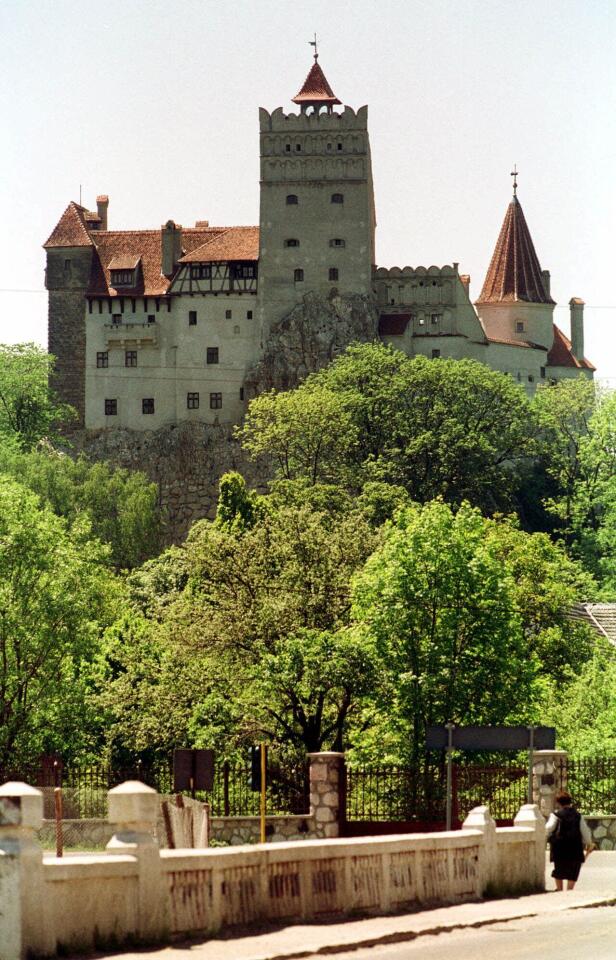
“Saxons built Bran Castle in 1382 to protect the gateway to Transylvania at Bran pass,” a tour guide explains. “In order to provide rapid access to weaponry and fortifications, a labyrinth of secret passages and tunnels exist throughout the castle and beneath its courtyard.” -- Laura Elliott (Eugeniu Salabasev / Associated Press)
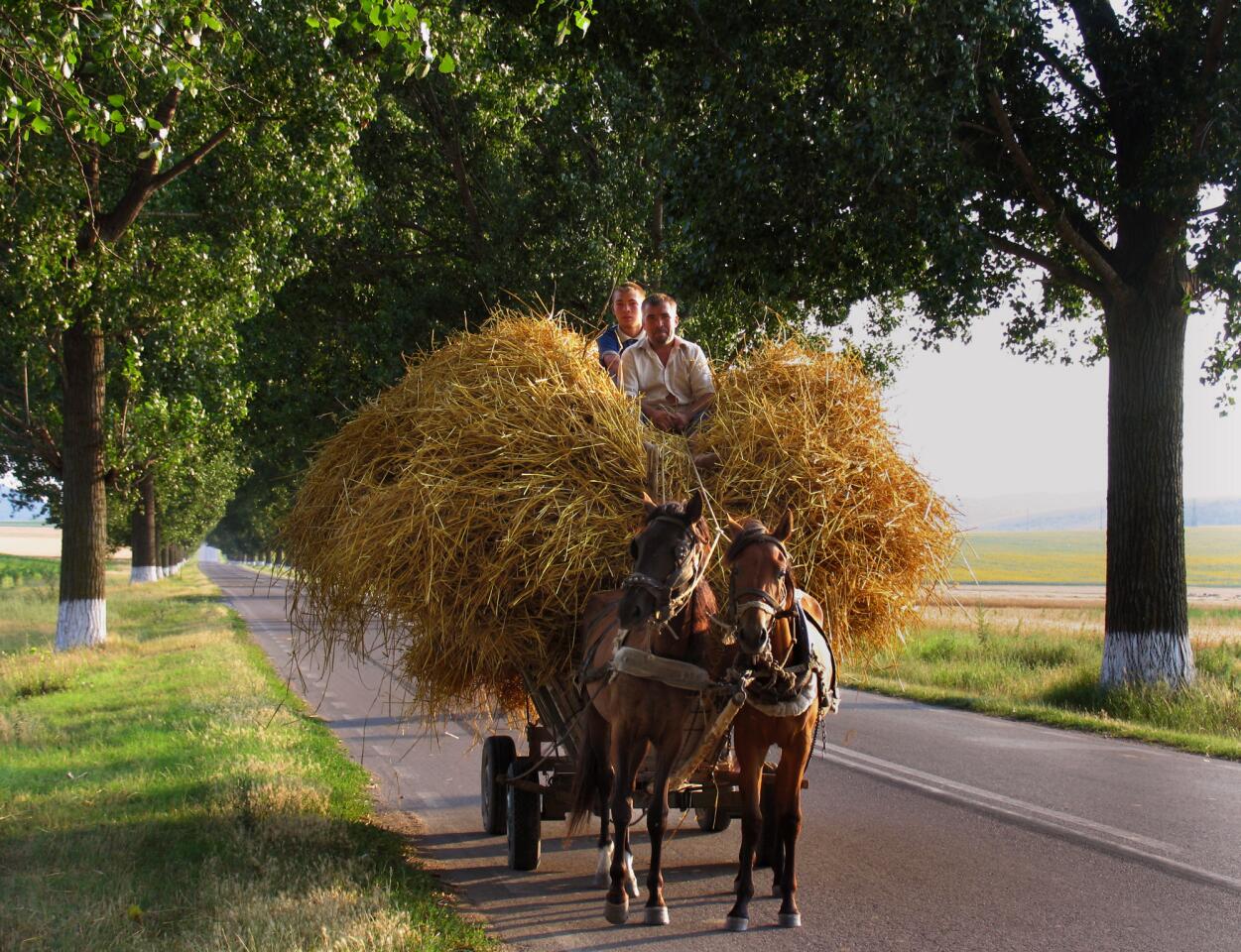
At the end of its 1,771-mile journey across Europe, the mighty Danube River seems to give up trying to reach the Black Sea. It turns north, away from the coast, crosses the lonely steppe country, then frays into myriad channels, marshes, swamps and lakes. -- Susan Spano (Susan Spano / Los Angeles Times)
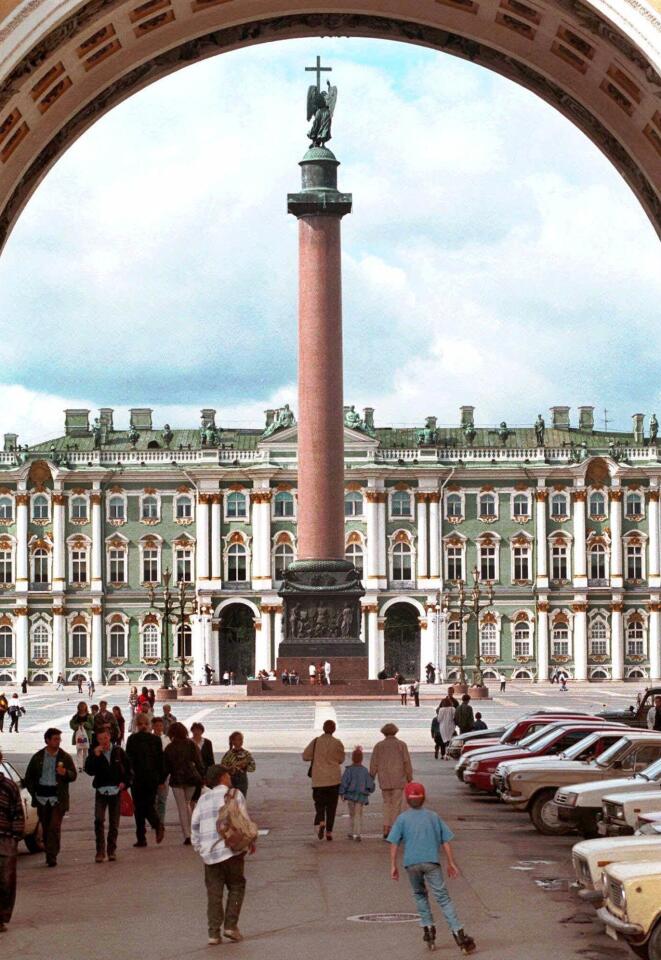
With 350 exhibition rooms and 3 million items in the Hermitage, the guidebooks said it would take seven years to view everything there, even with spending only one minute in front of each piece. -- Don Drake (Dmitry Lovetsky / AP)
Advertisement
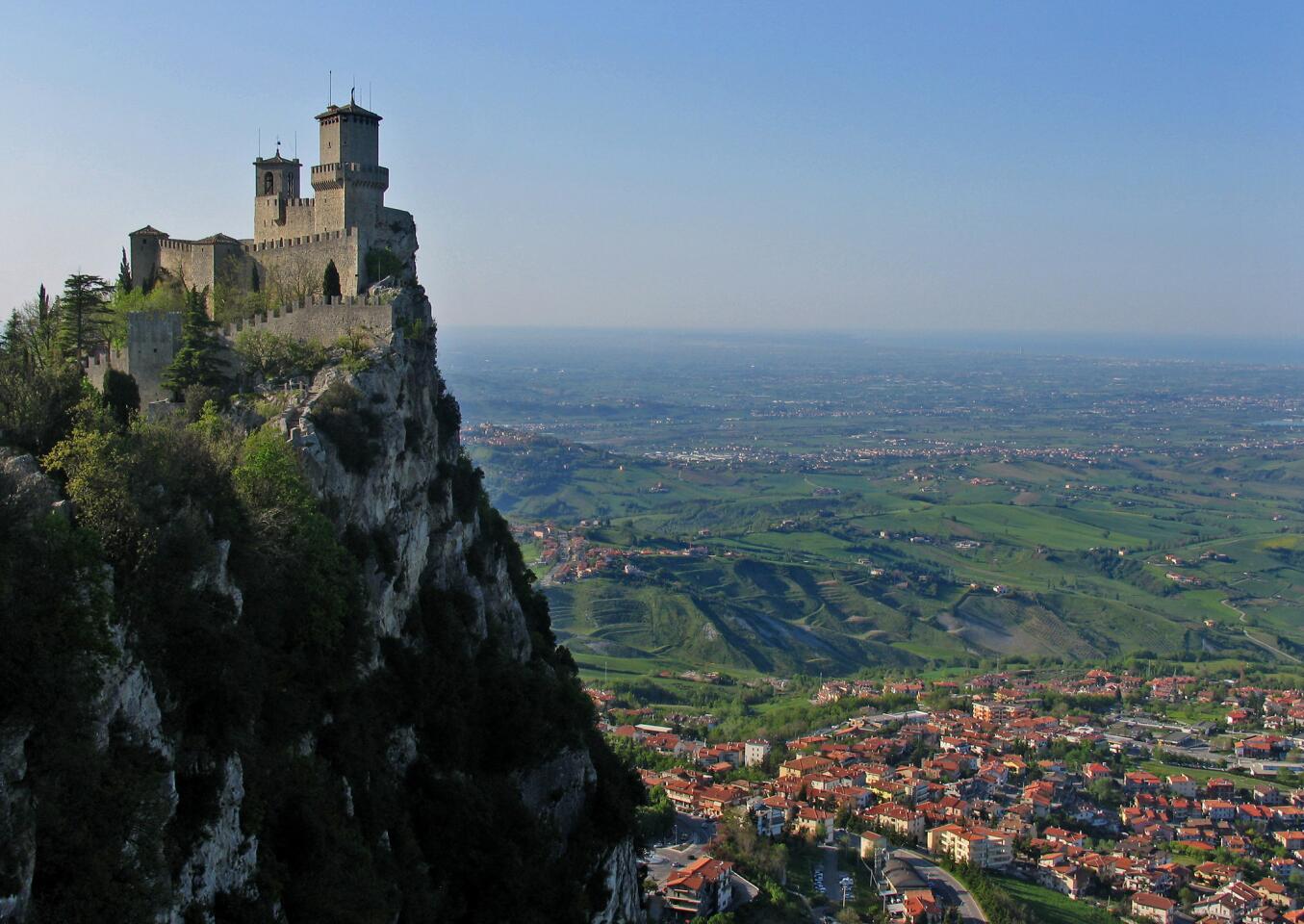
“Go slow. There isn’t a lot to see,” an attendant at a tourist information office told me when I drove into the Most Serene Republic of San Marino. Her candor was, I soon discovered, just one aspect of the wee country’s singularity. -- Susan Spano (Susan Spano / Los Angeles Times)
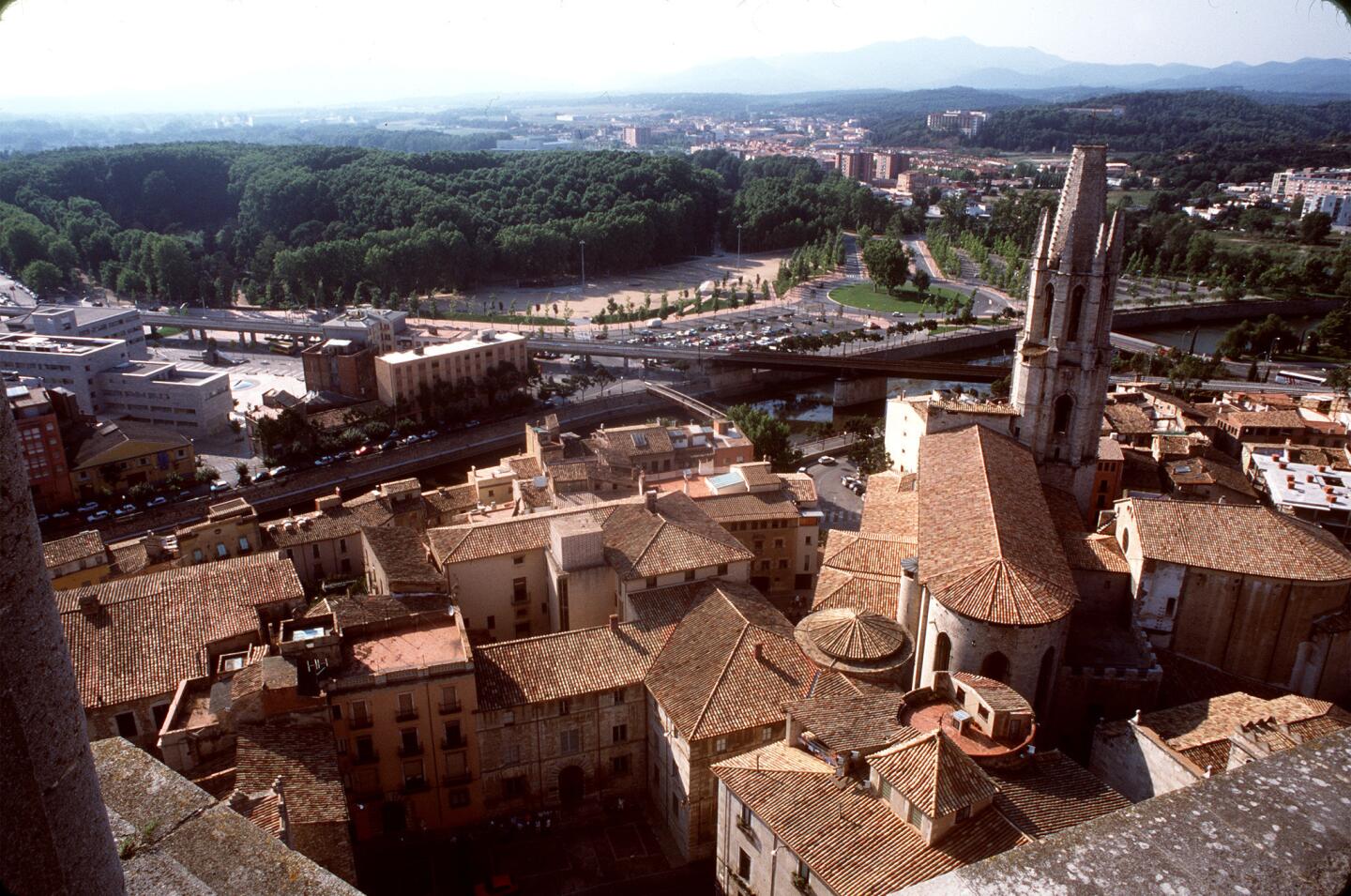
A growing number of tourists is coming to Segovia, a city in Spain’s Castile region, not only to see its towering Roman aqueduct but also to get a glimpse of a rediscovered Jewish past. -- Michael Levitin (Christopher Reynolds / Los Angeles Times)
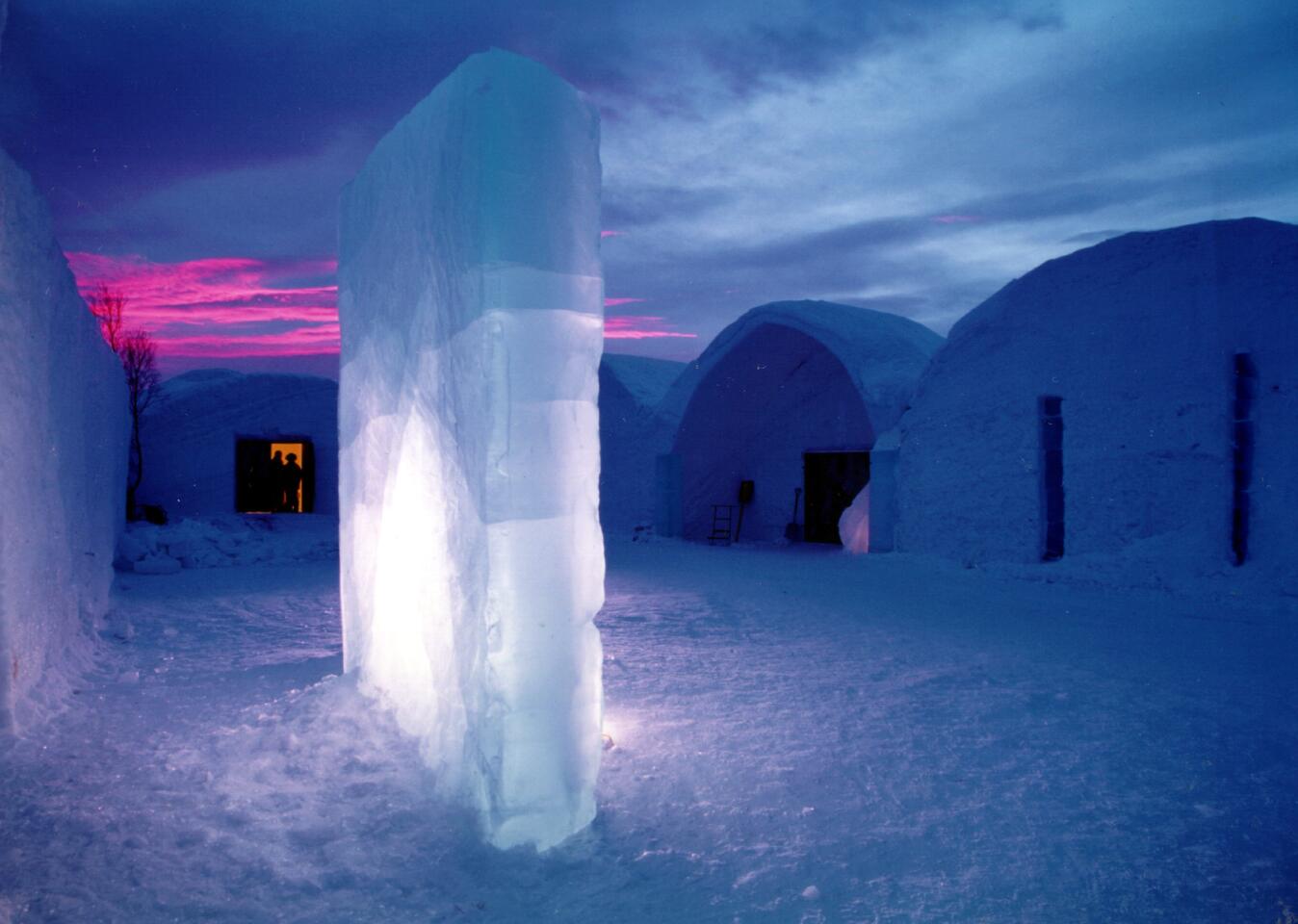
Every winter since about 1990, sculptors have built a hotel and bar made of ice blocks from the nearby Torne River, like this 2003 version. When the spring thaw arrives, the facilities melt. New ones are created the next winter, usually opening in early December. -- Susan Spano (Unknown / Handout)
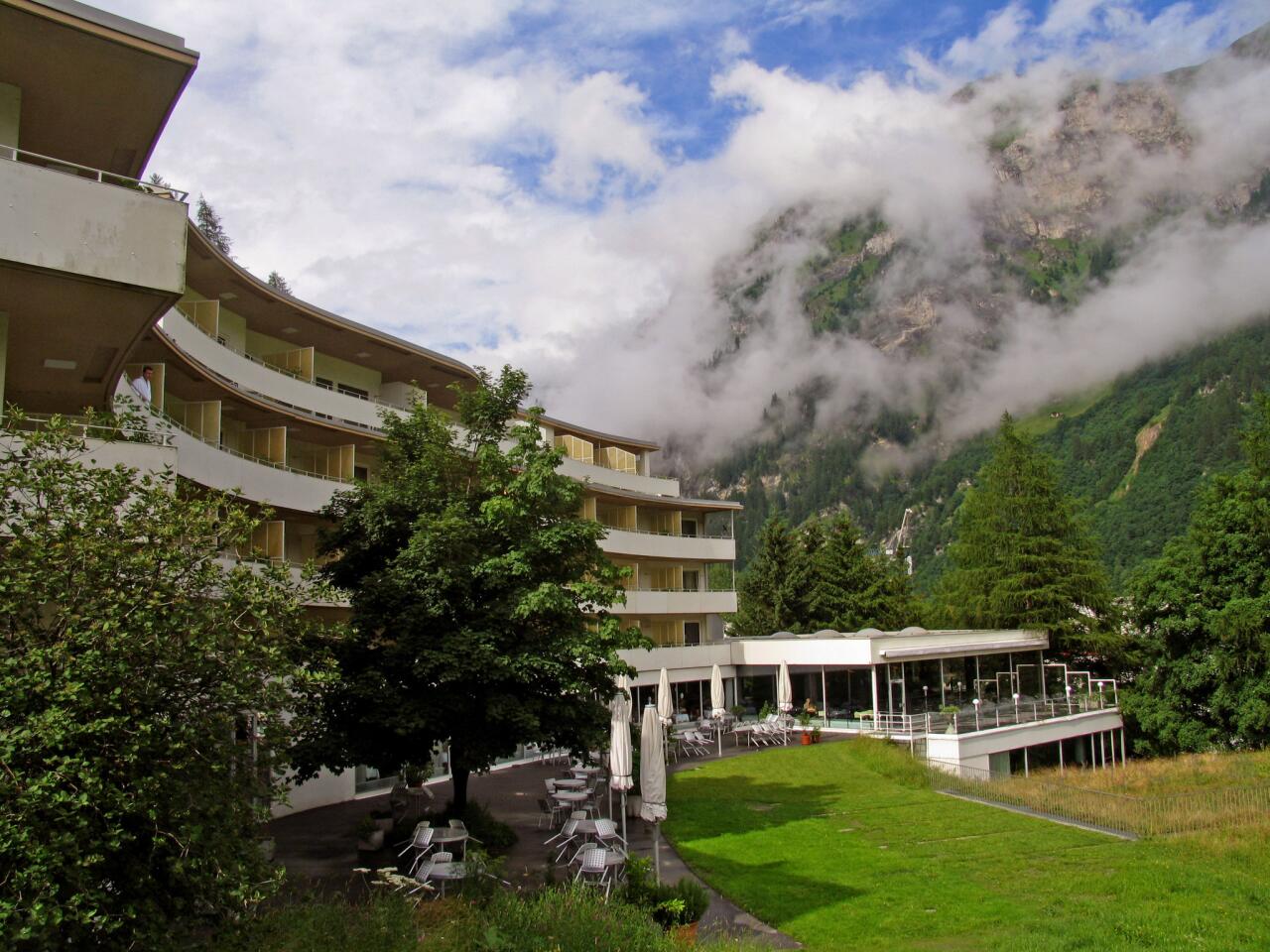
Rain pelted the windshield as I drove up the Vals Valley. Waterfalls coursed over cliff faces, and the tops of the Alps were lost in fog. The rain suited me. I was headed for a spa about 120 miles southeast of Zurich. -- Susan Spano (Susan Spano / Los Angeles Times)
Advertisement
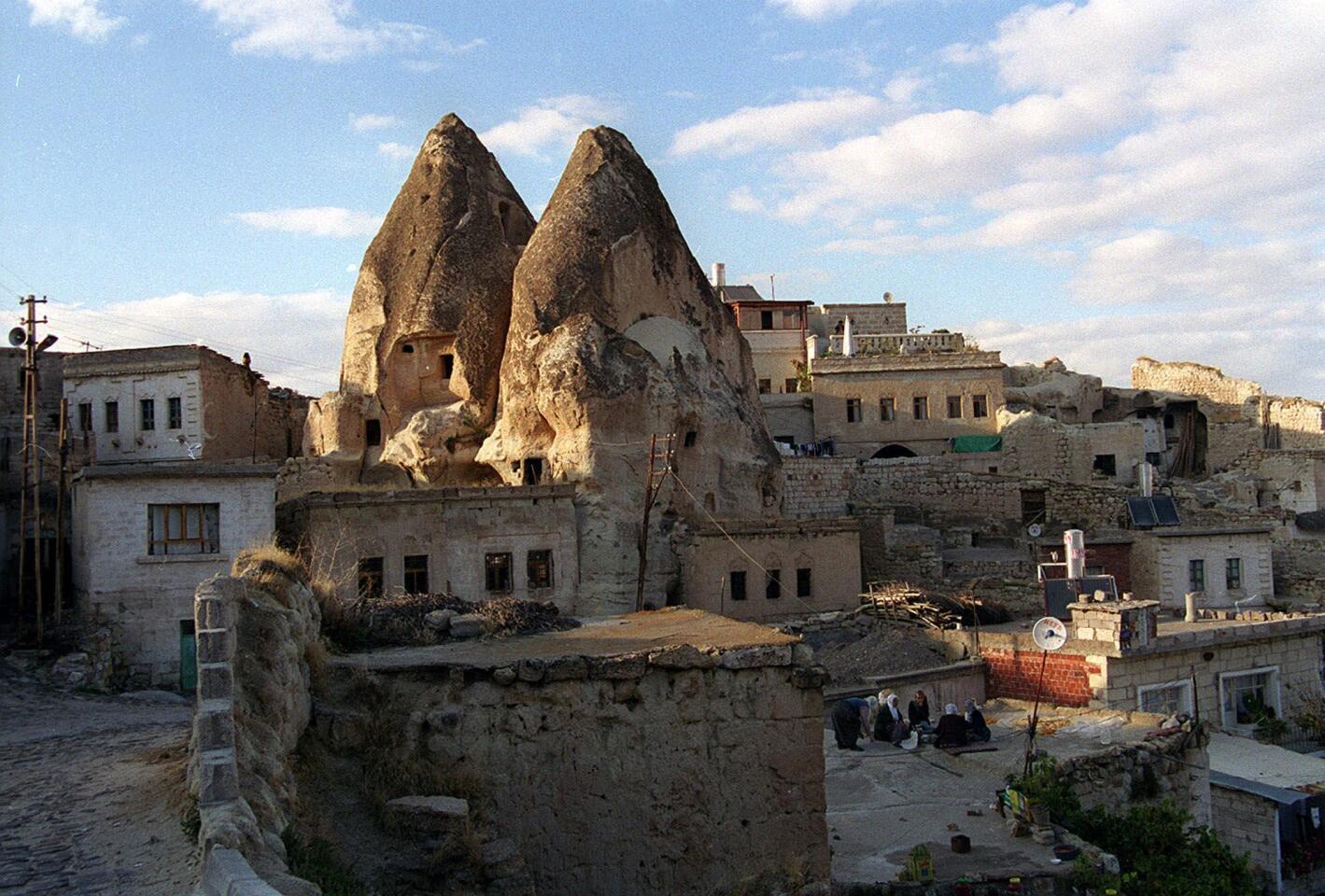
A popular attraction in central Turkey, Cappadocia is known for the fairy-tale-like rock formations that bespeckle the region. Called fairy chimneys, or hoodoos, these formations have been carved by erosion over the millennia. (STR / Associated Press)
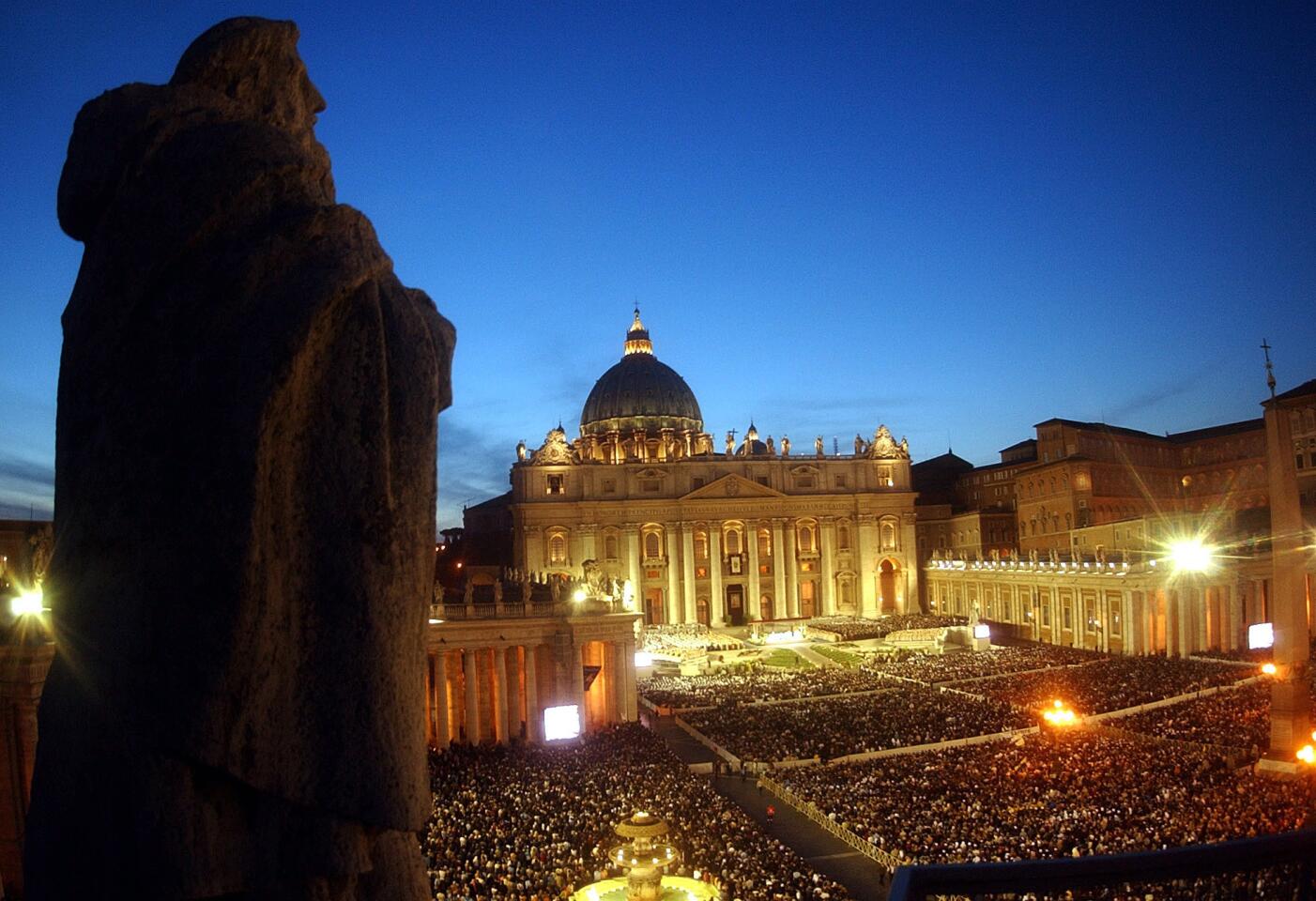
Some come to see Michelangelo’s Pieta, the Raphael rooms, the ancient Laocoan statue or to study the crowning architectural achievements of the Italian Renaissance. Some just want to be able to say they’ve visited the smallest country in the world. Others come as religious pilgrims. -- Susan Spano (MASSIMO SAMBUCETTI / AP)
